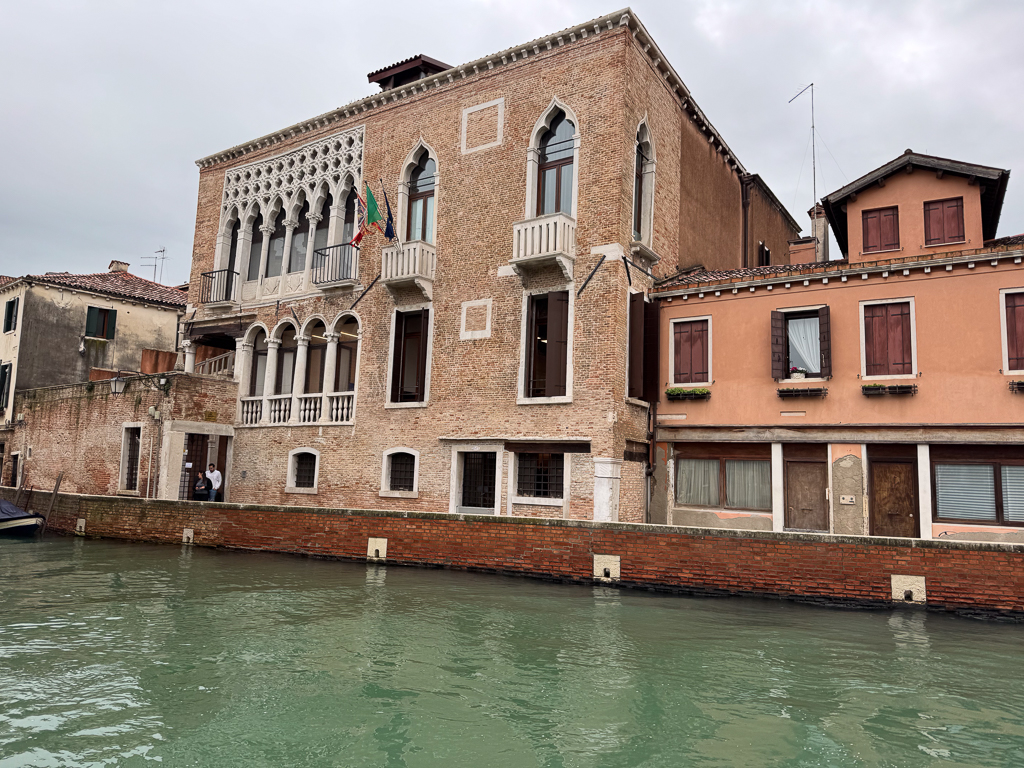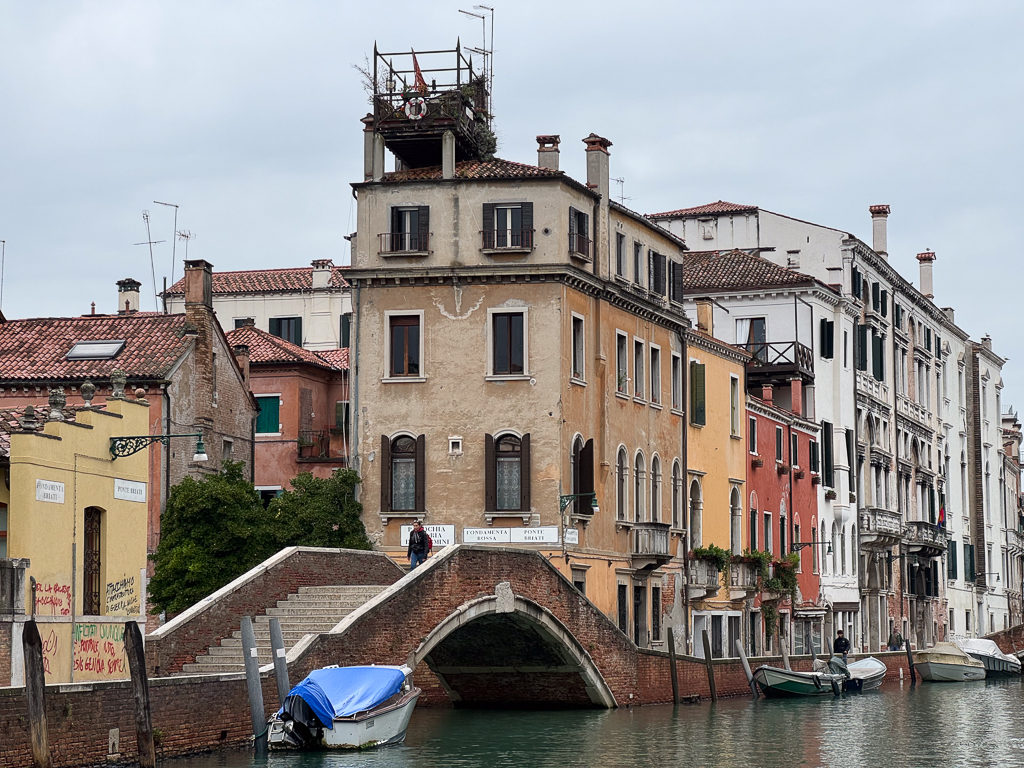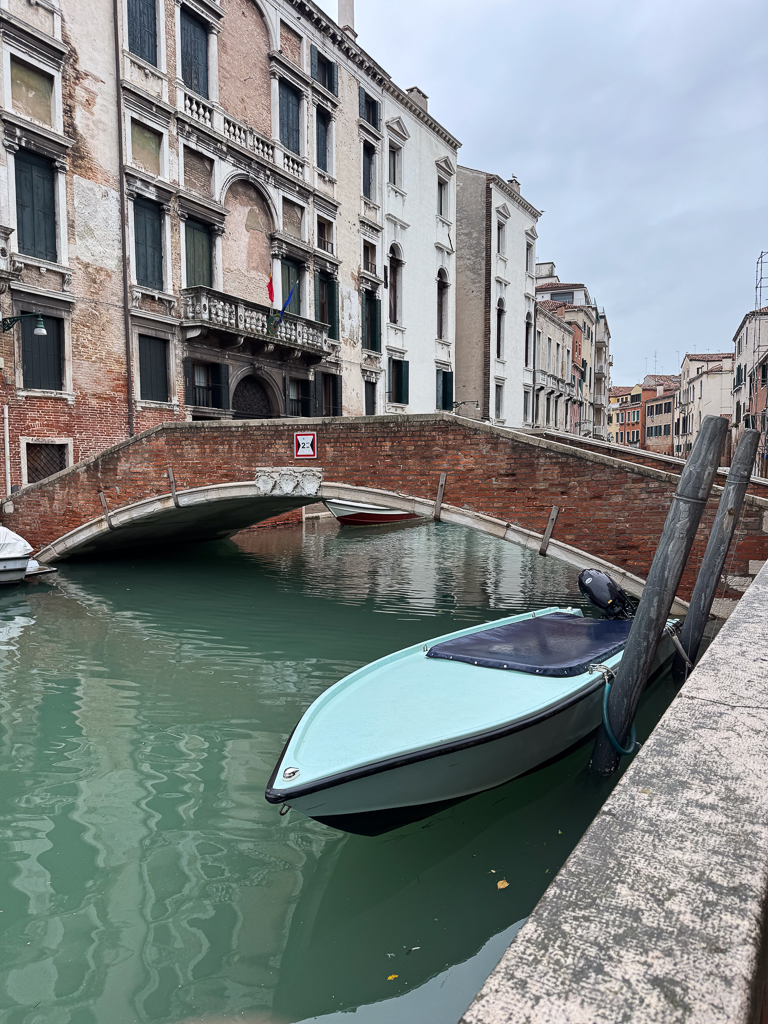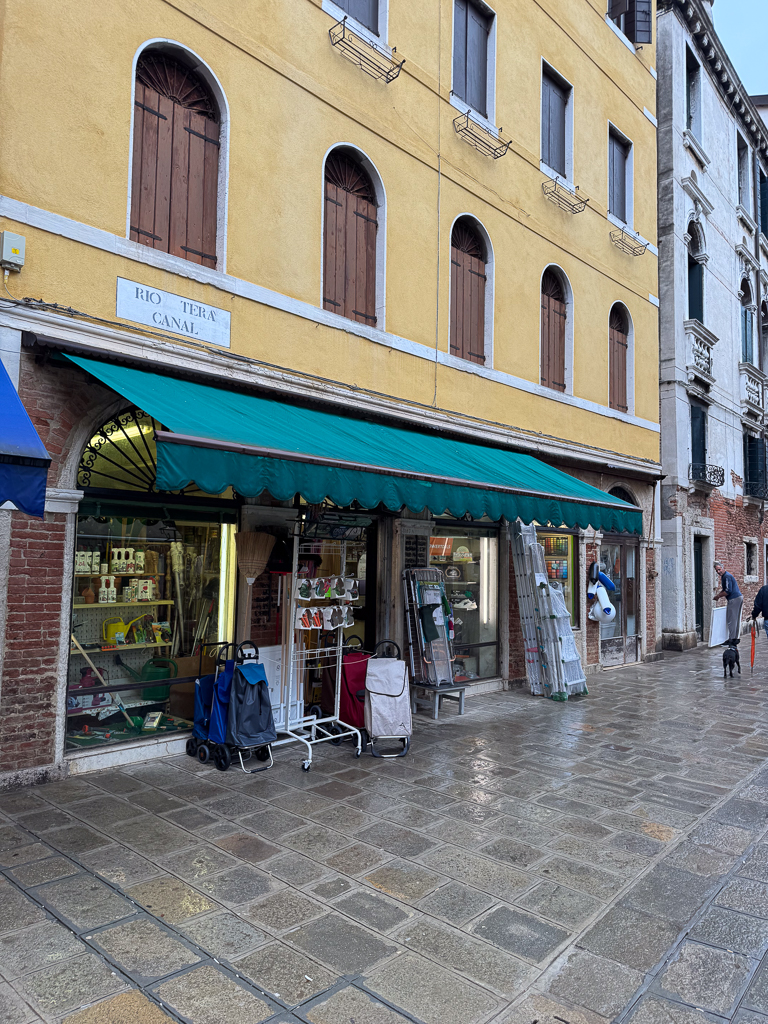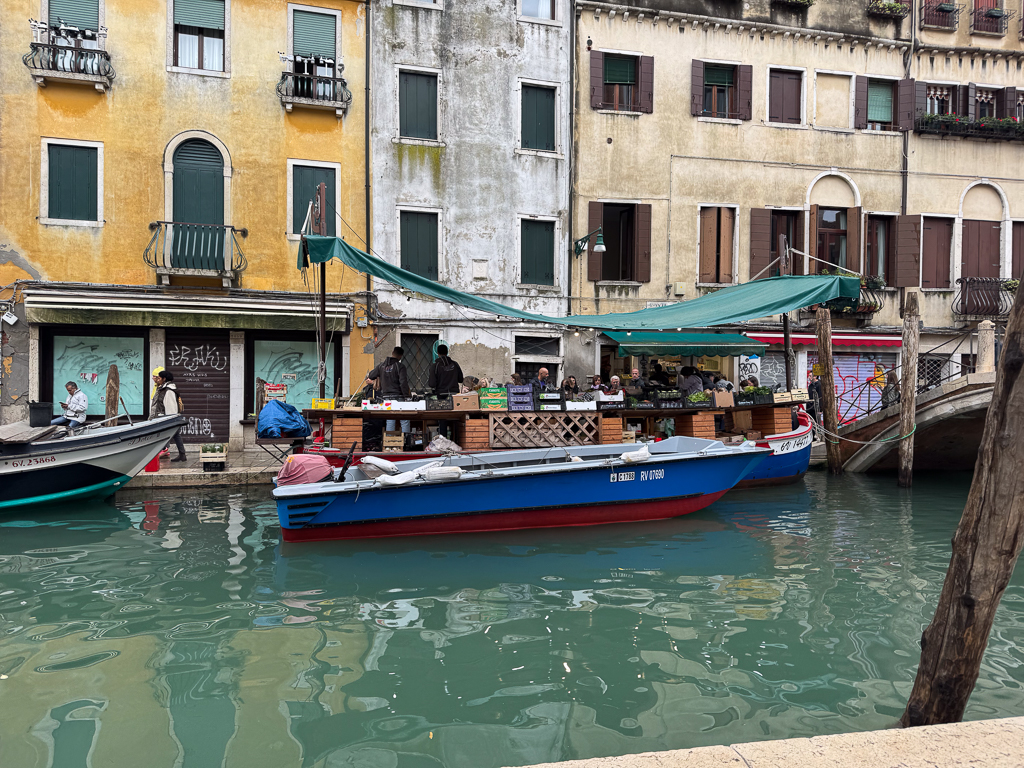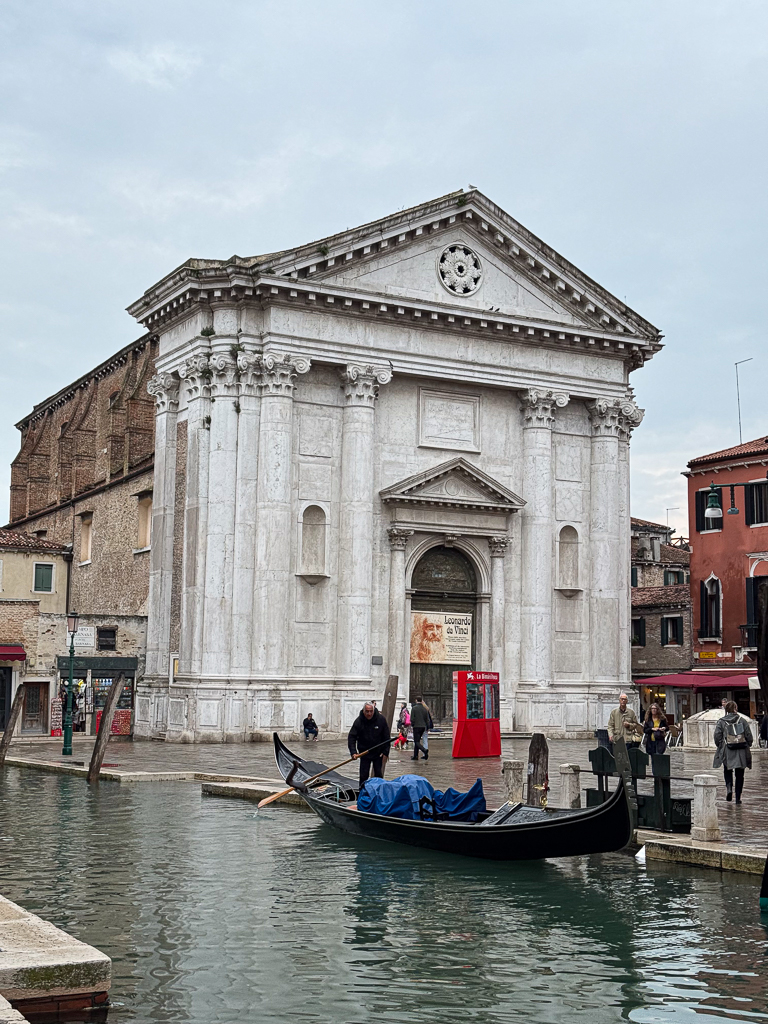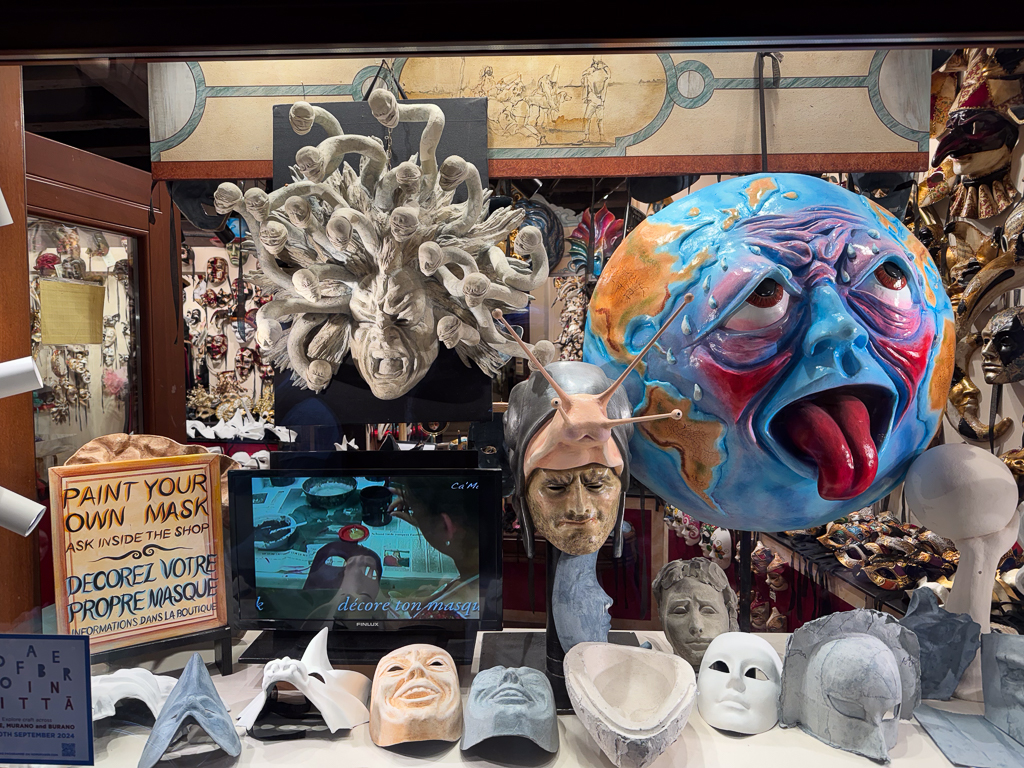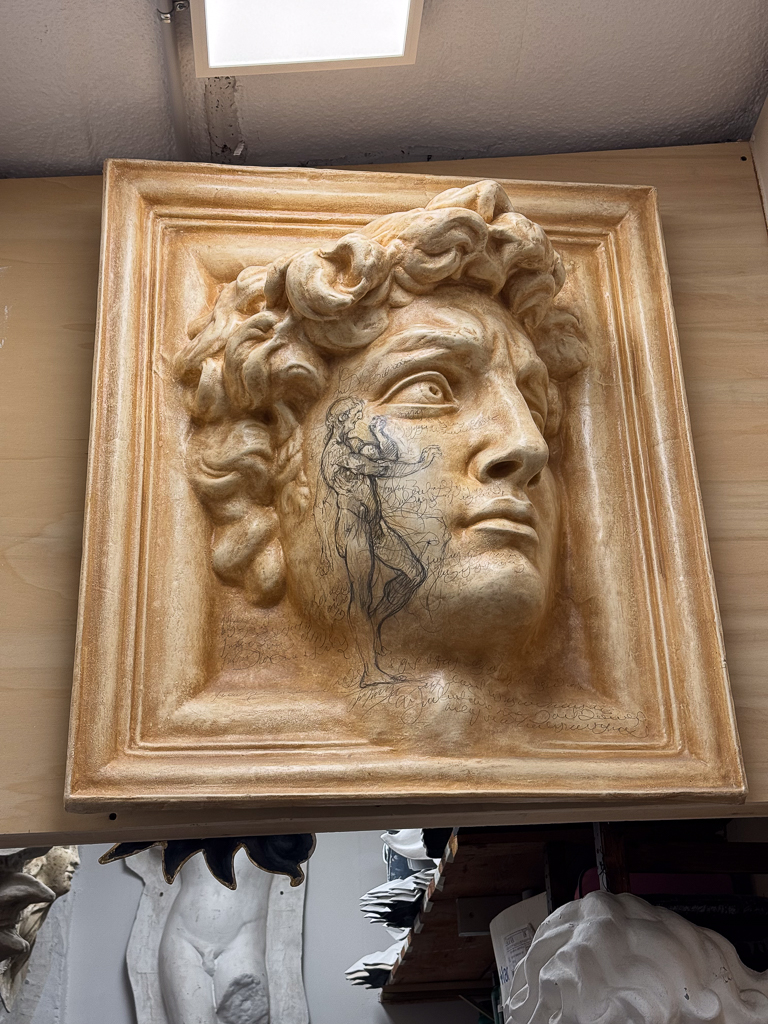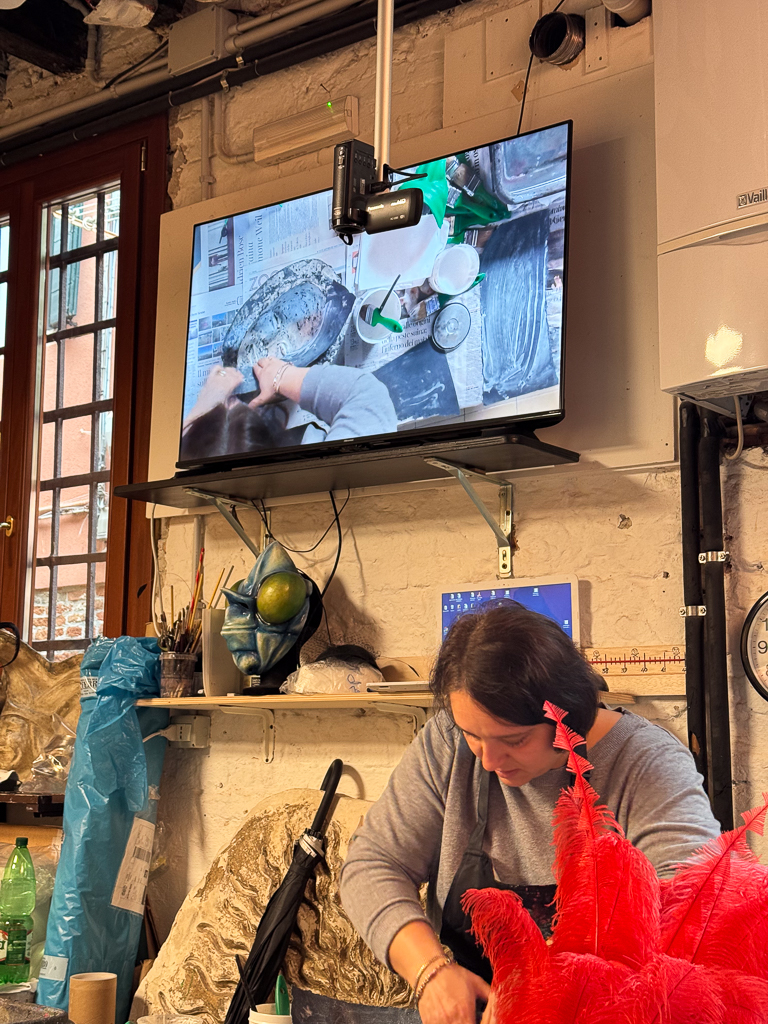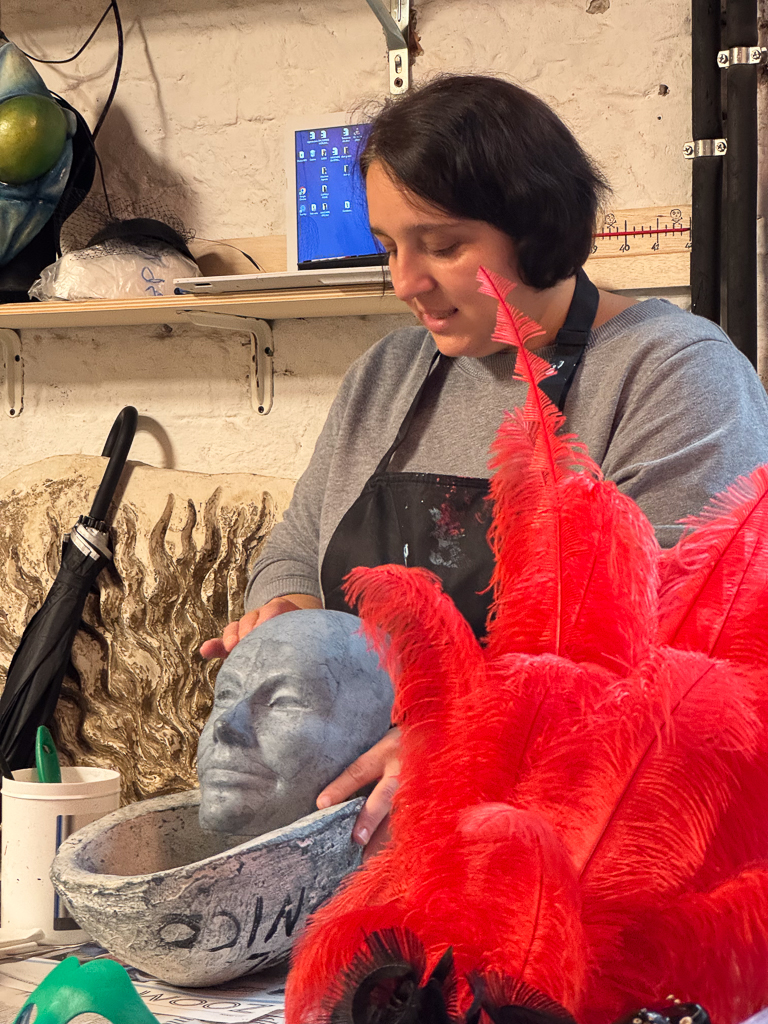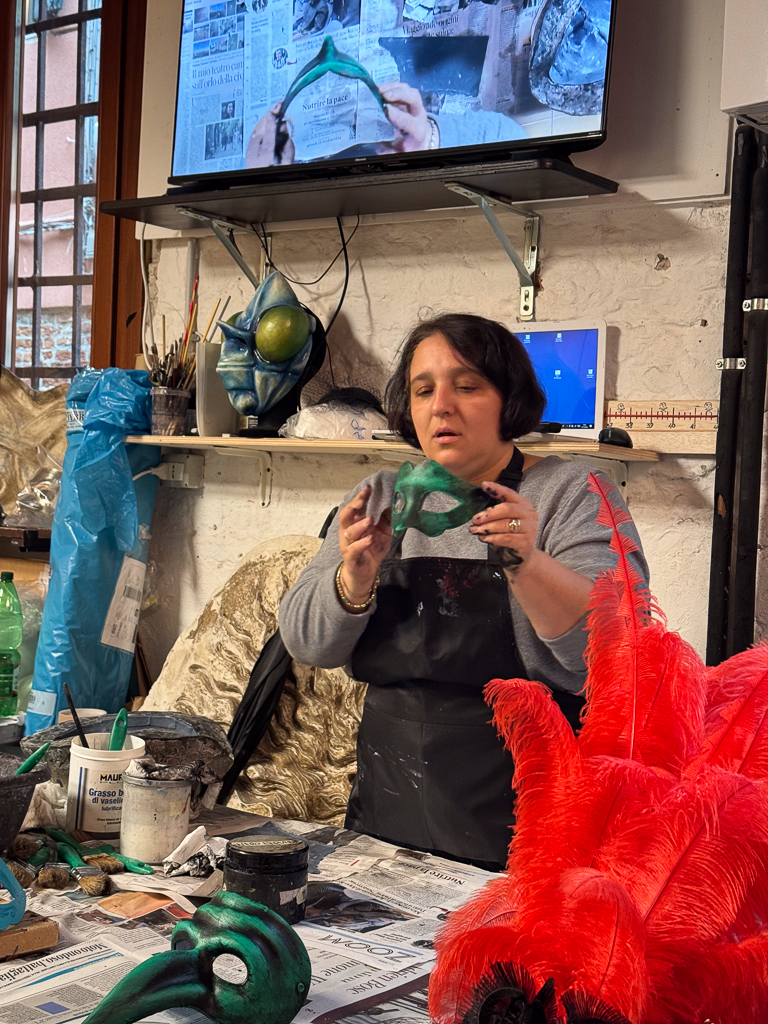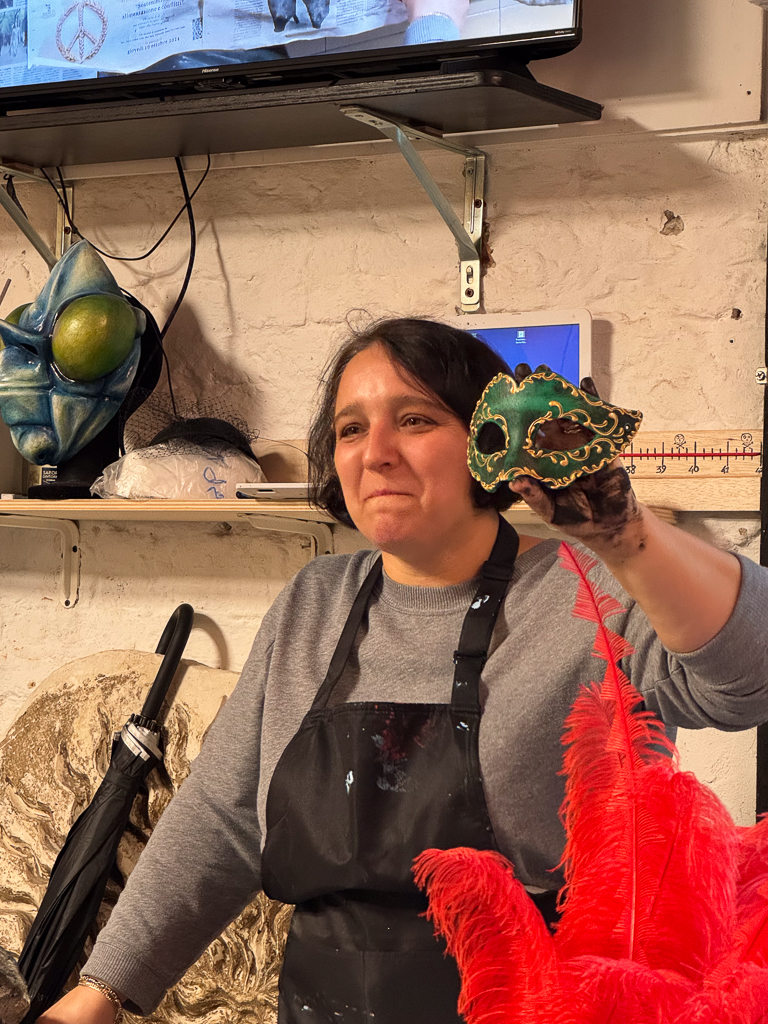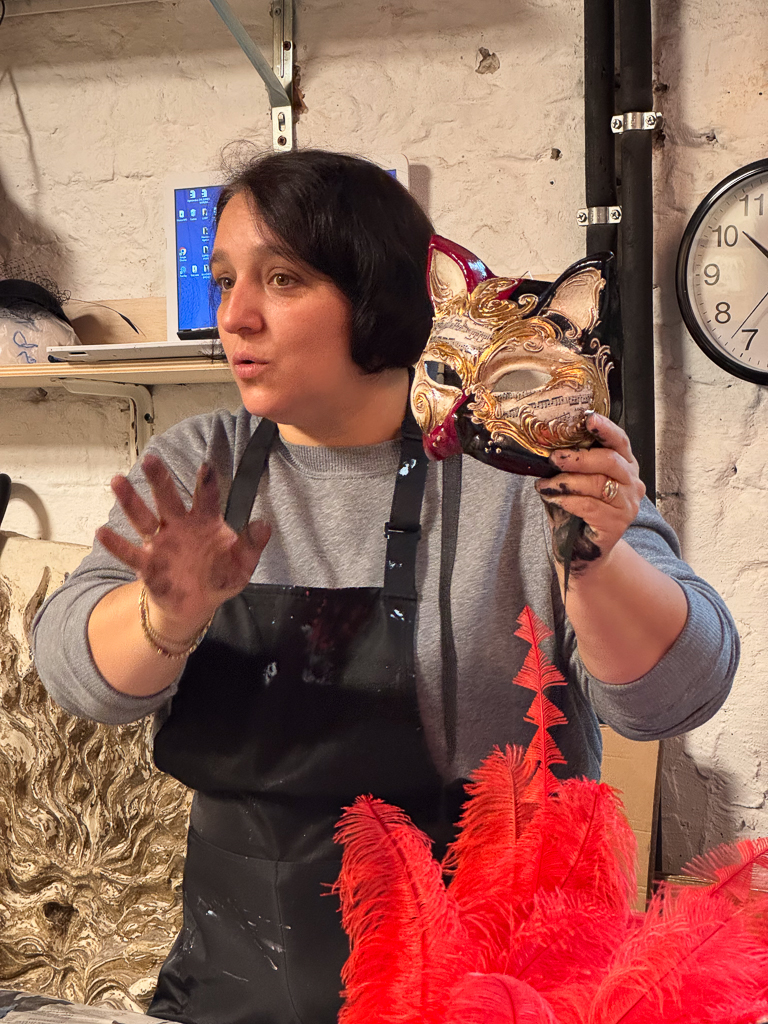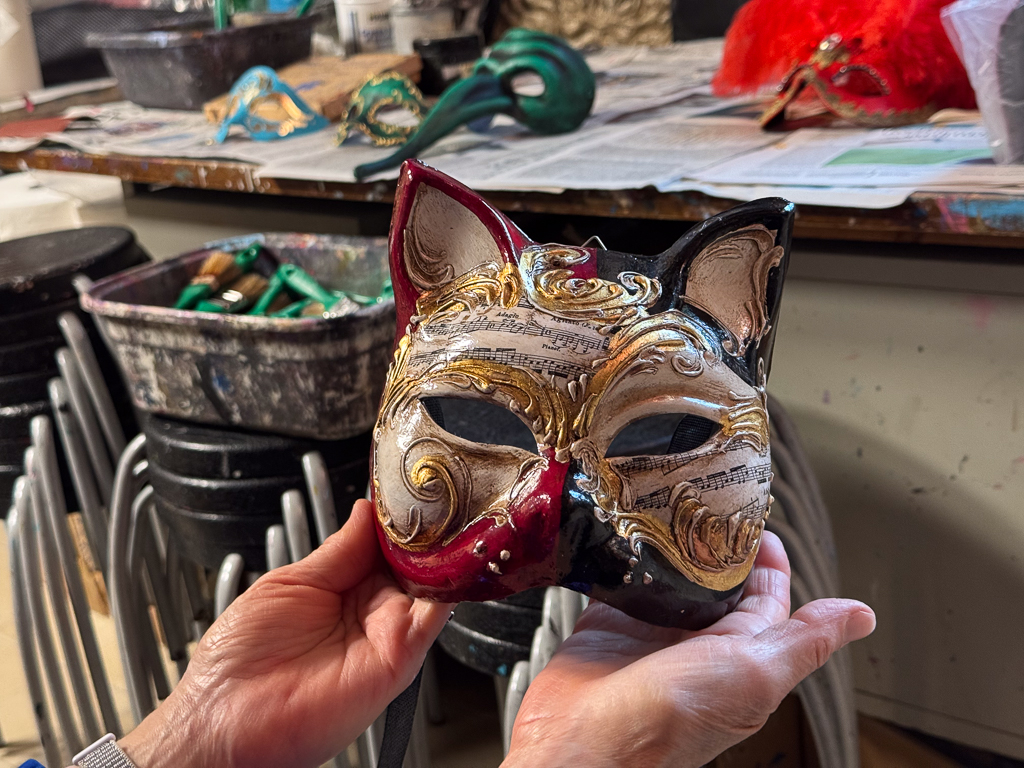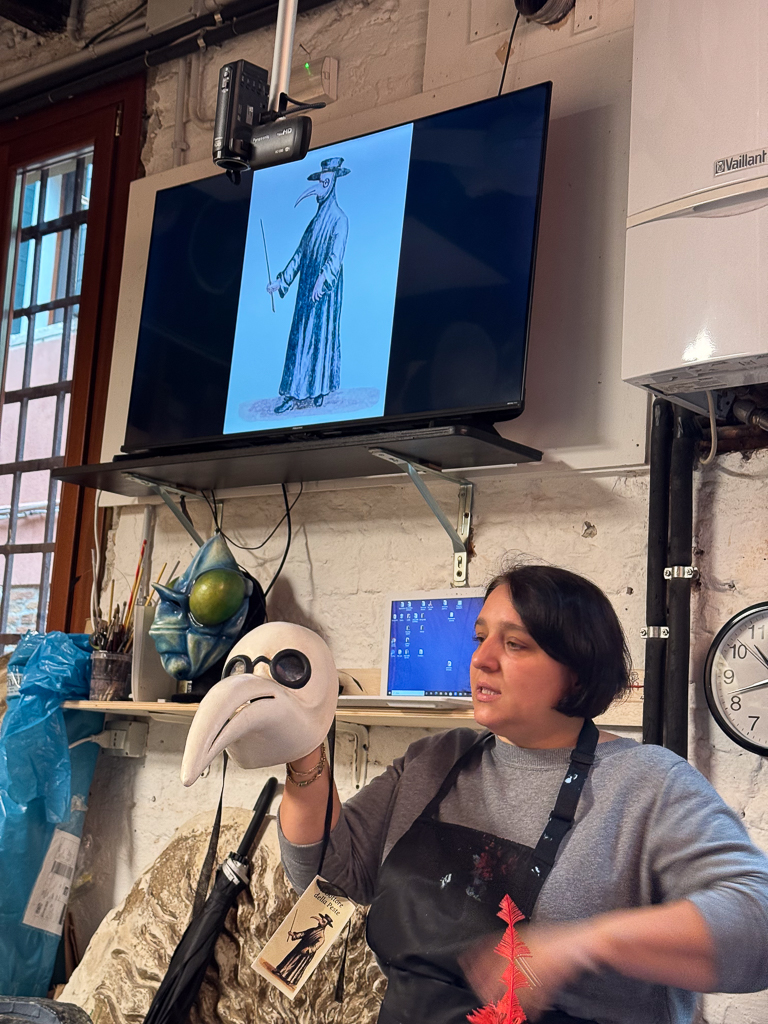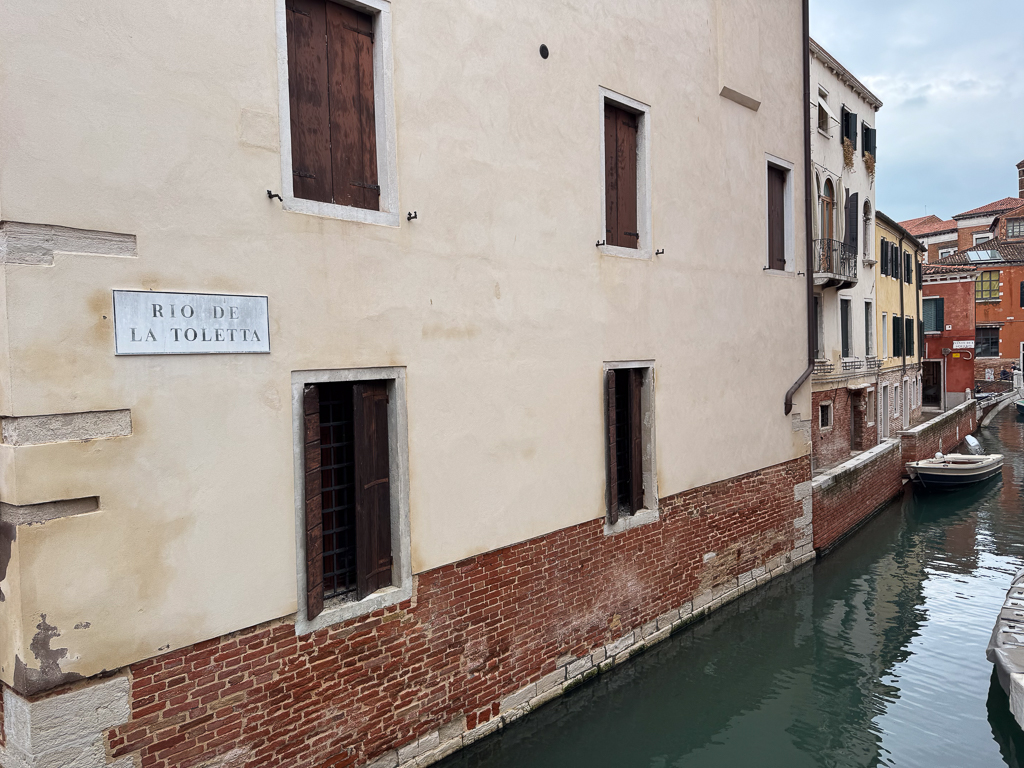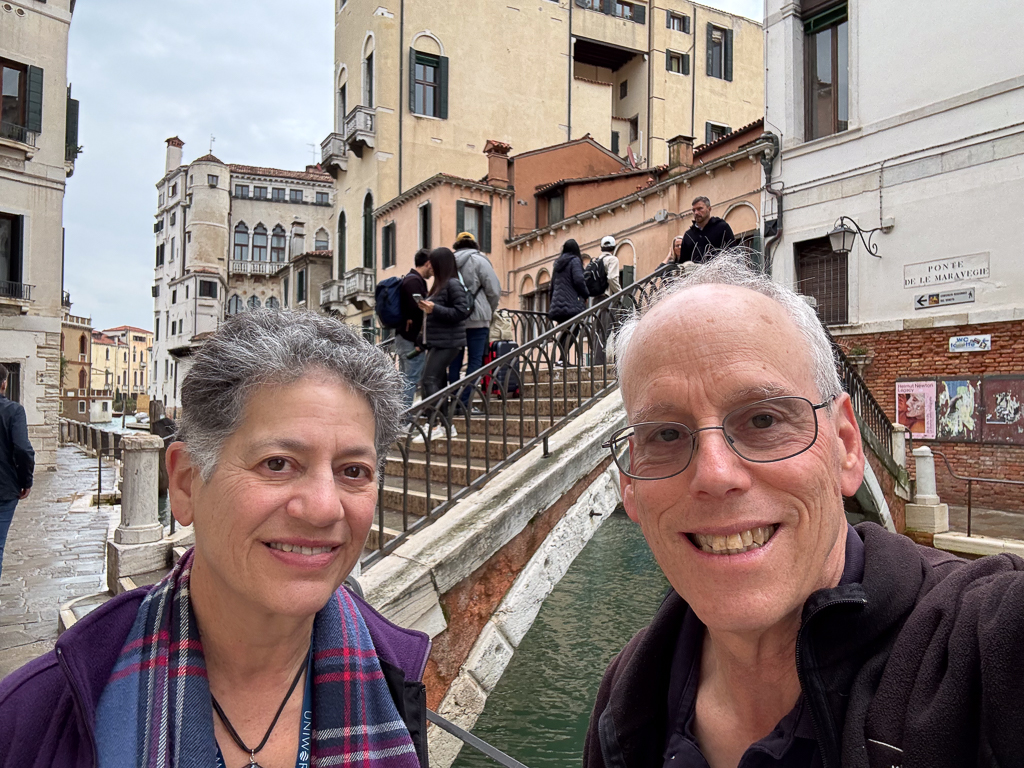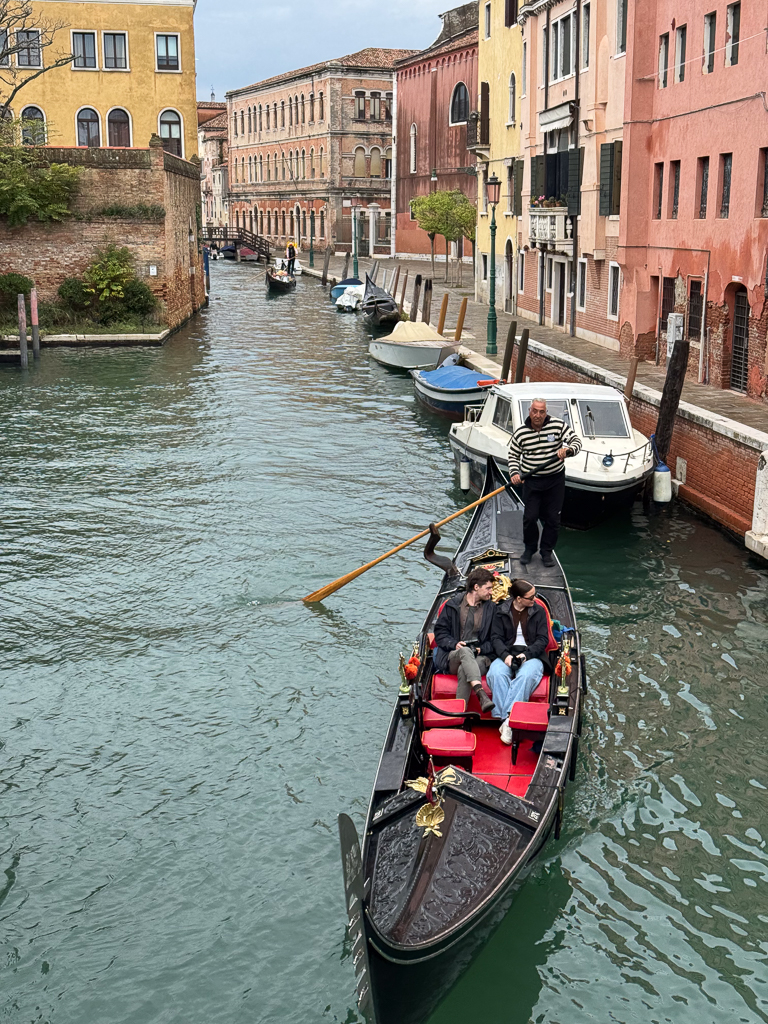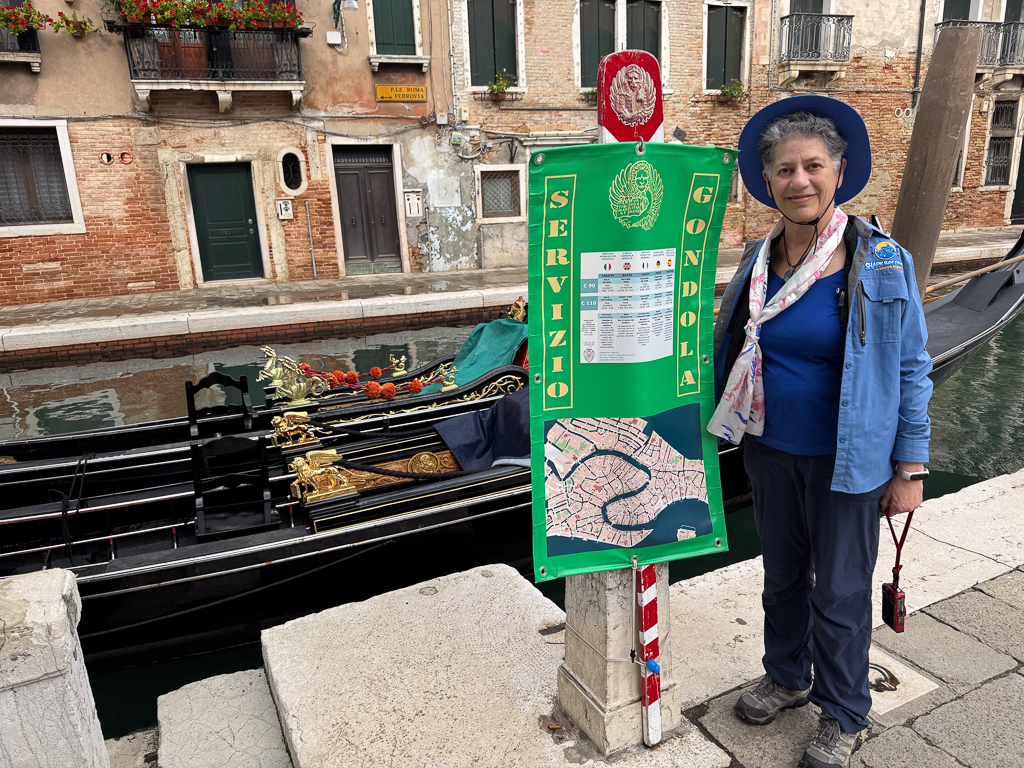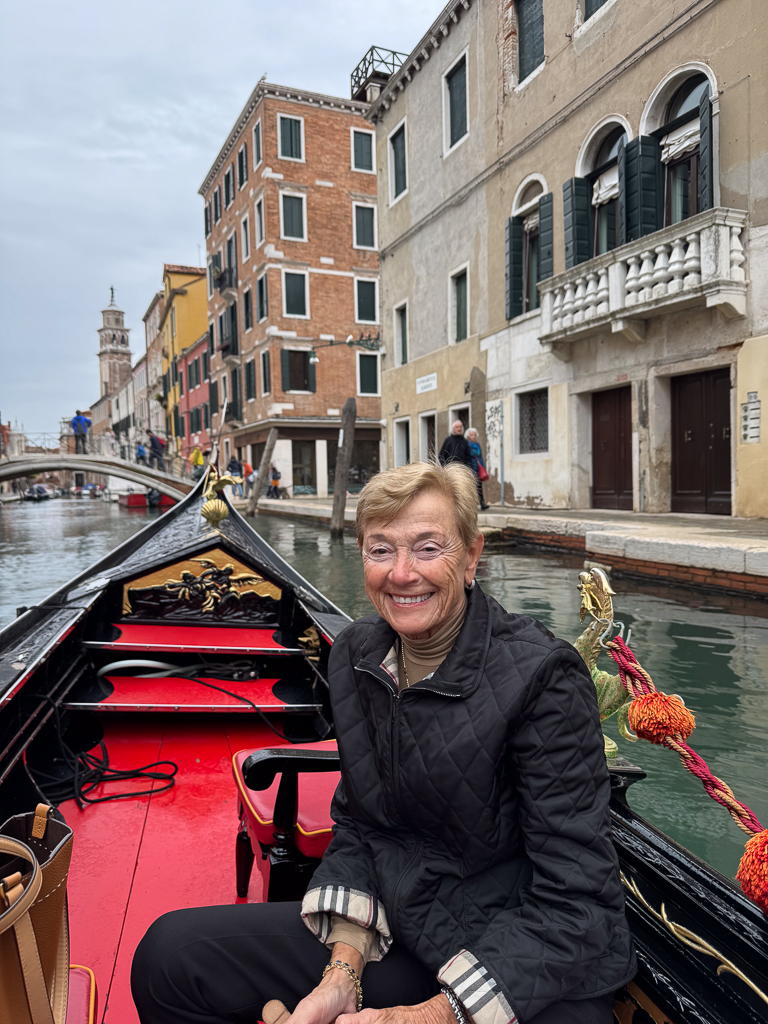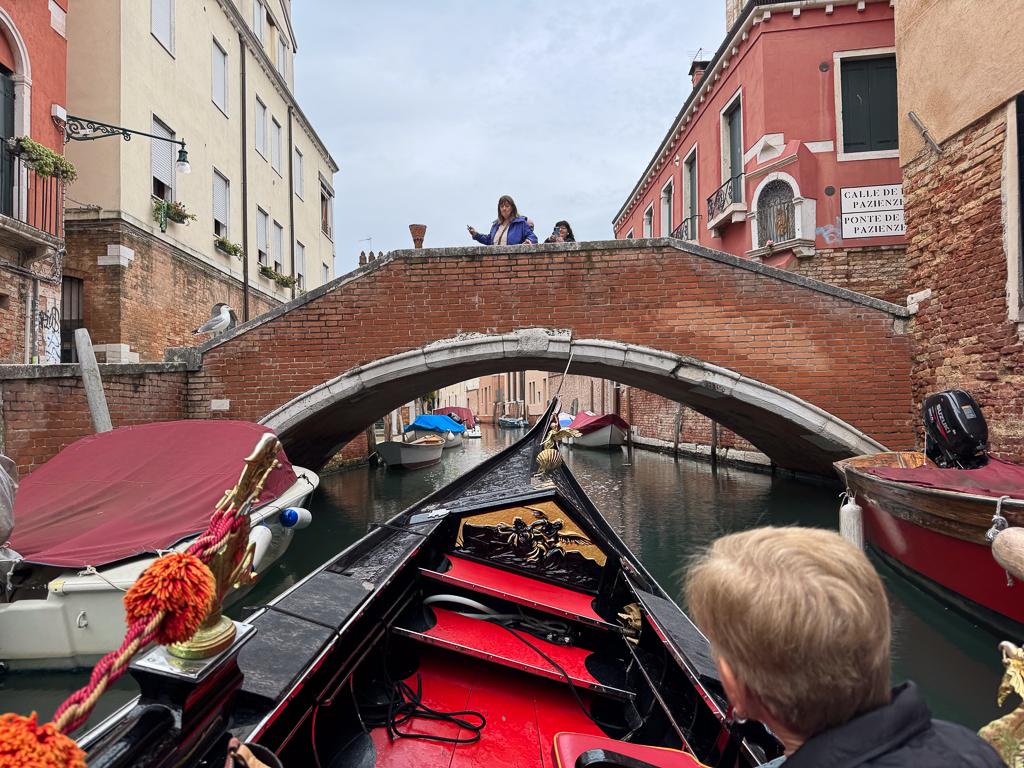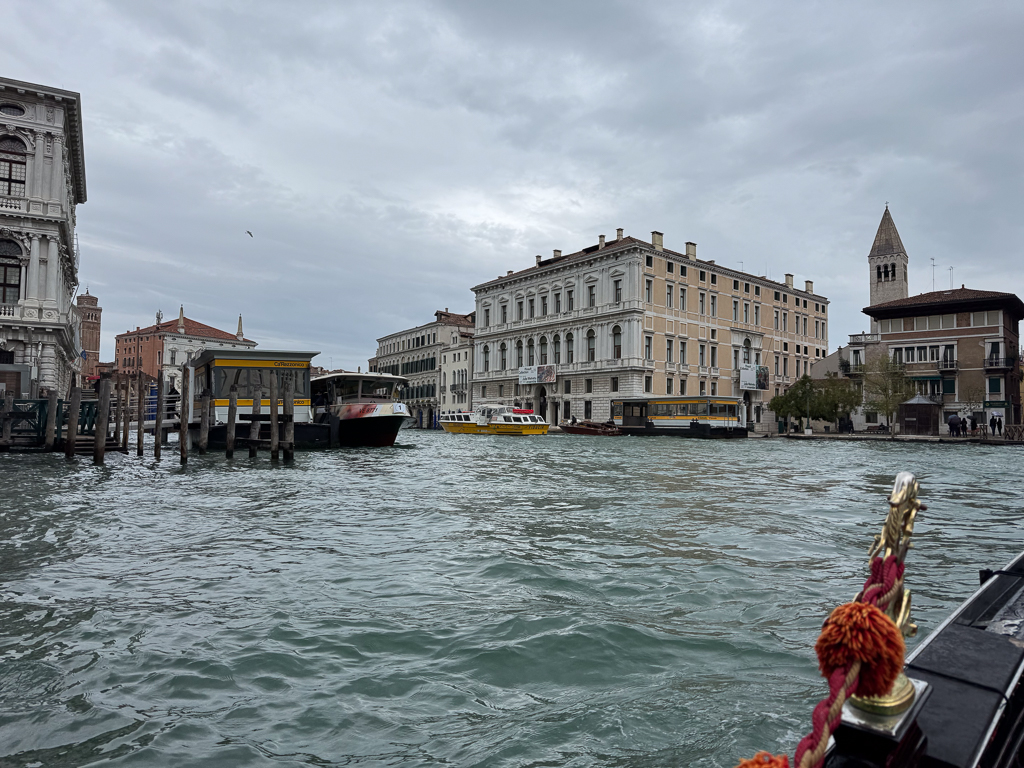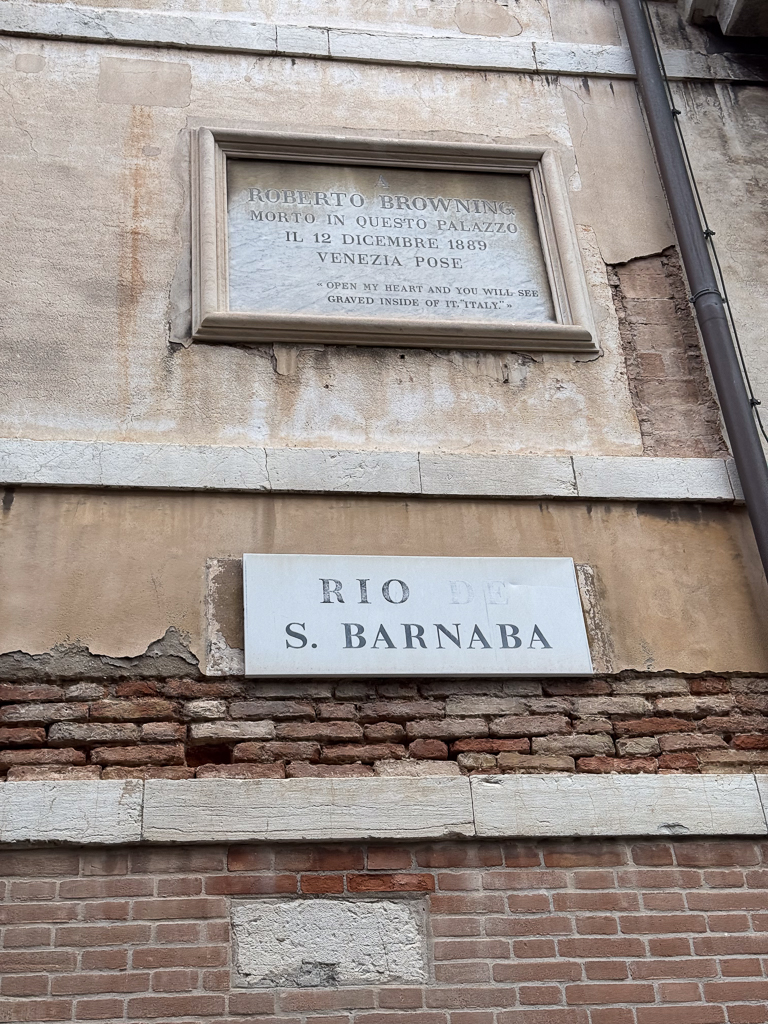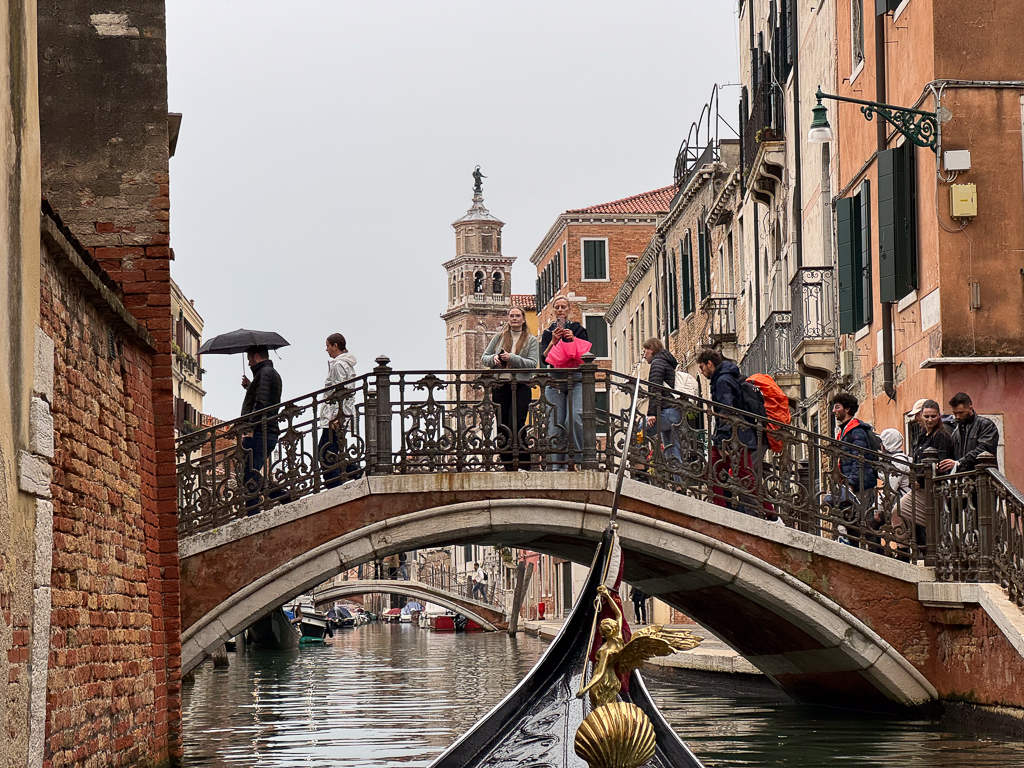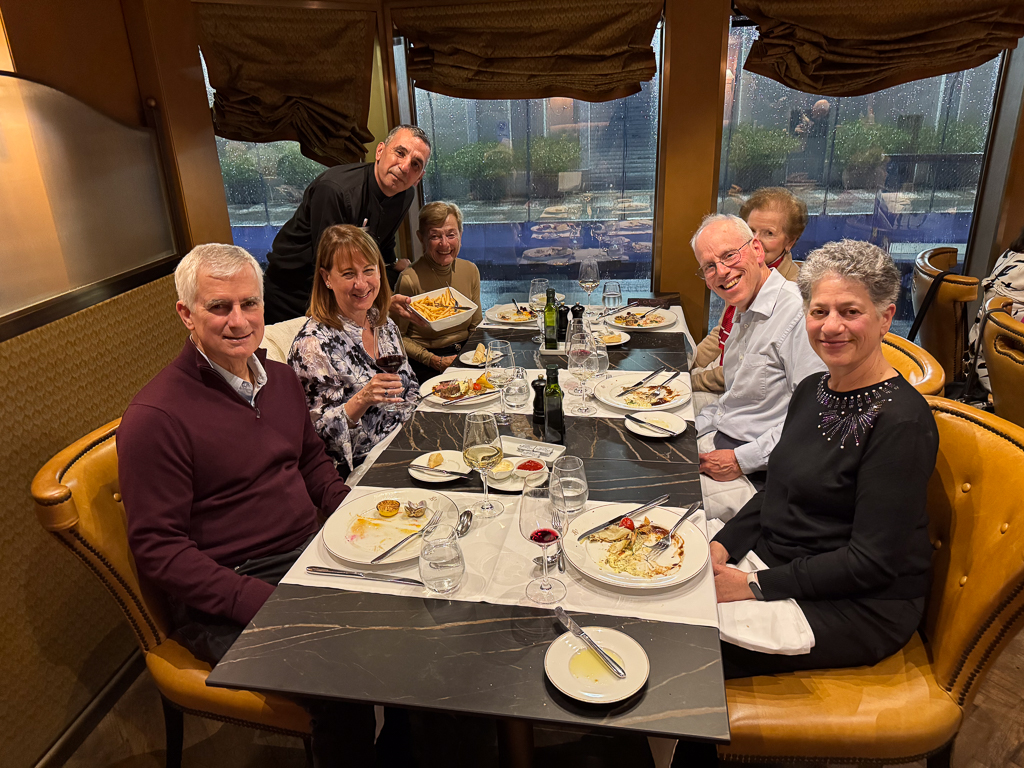We’re going to be in Florence for a few days. The obvious way to get to Florence from Venice is to take the train – it’s comfortable, fast, and cheap. But our travel agent, Dave Natale, suggested we do something else – take a DayTrip so that we could explore a bit of the countryside on our way to Florence.
Duccio, our driver, picked us up at the port just before 9am and we began our adventure. We’d chosen two stops – the first was about an hour down the road in Arquà Petrarca, home of Petrarch‘s house and tomb. We visited both; we also enjoyed a cappuccino at the local bar.
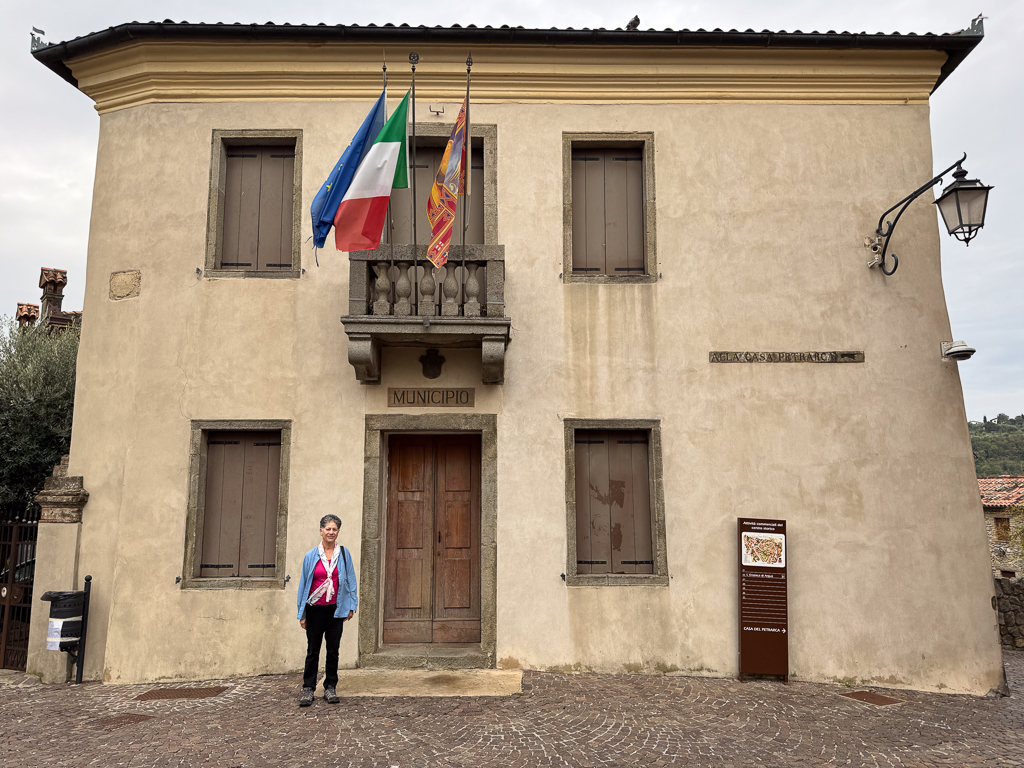

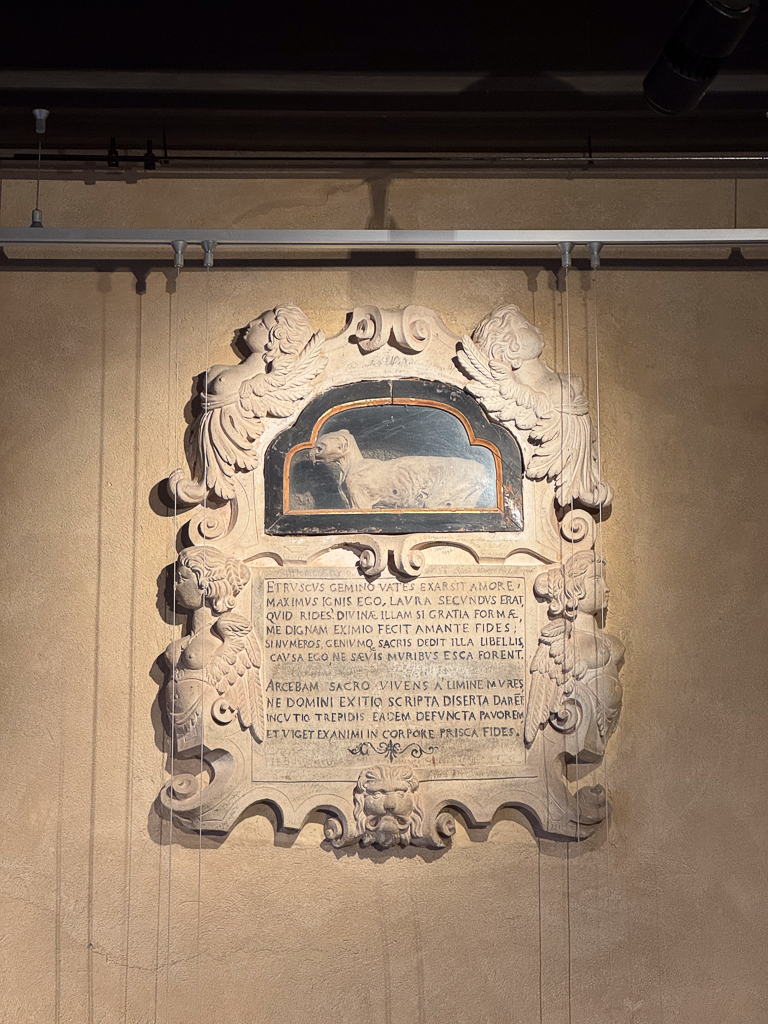
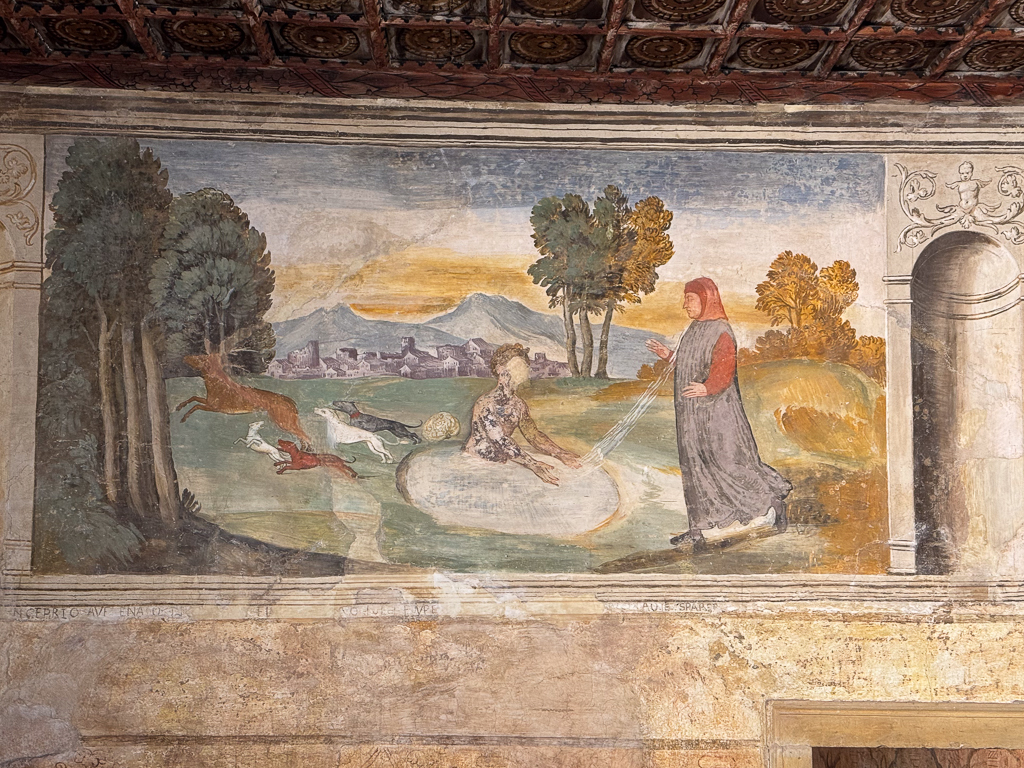
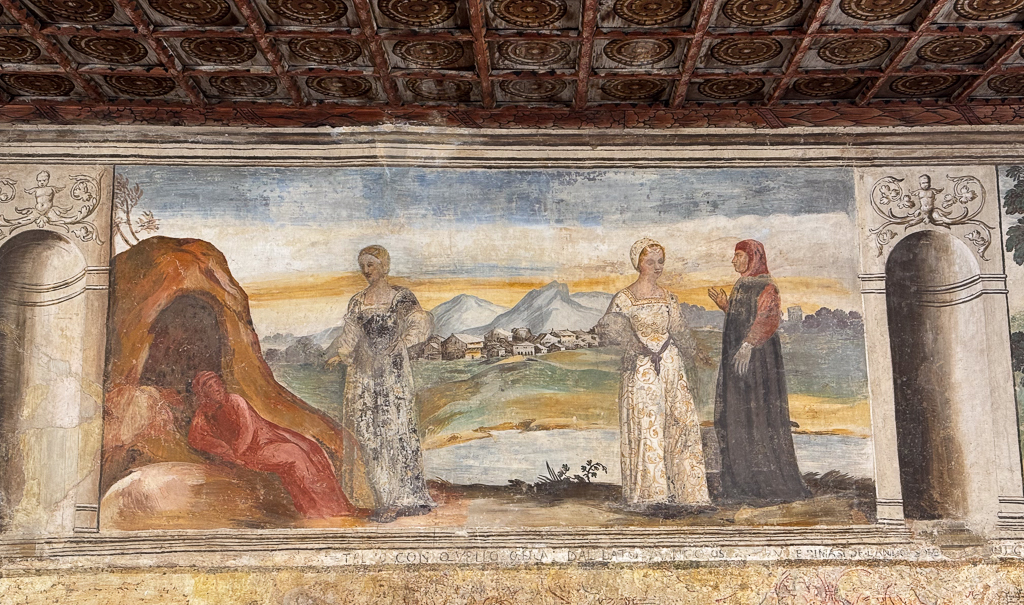
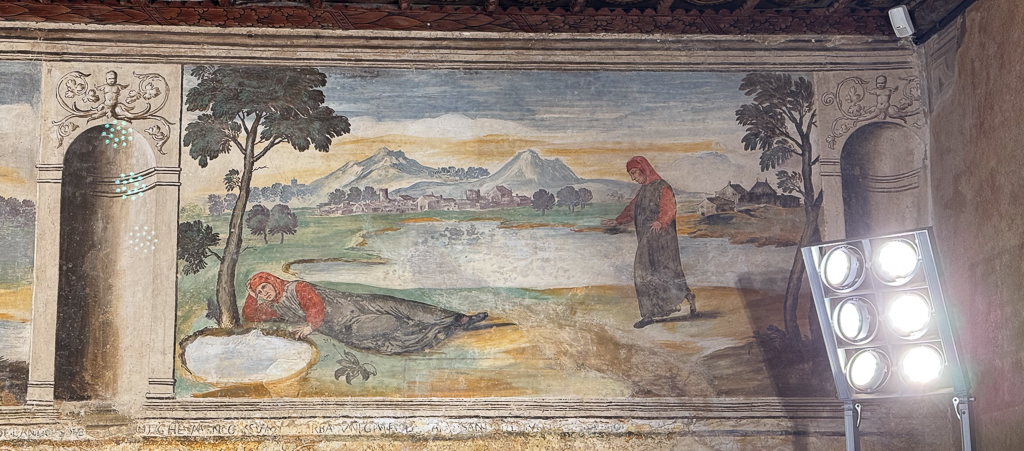
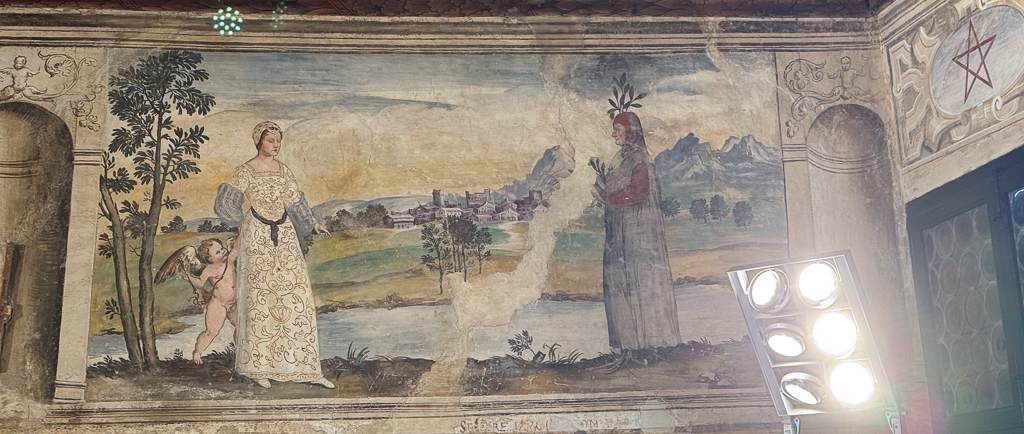
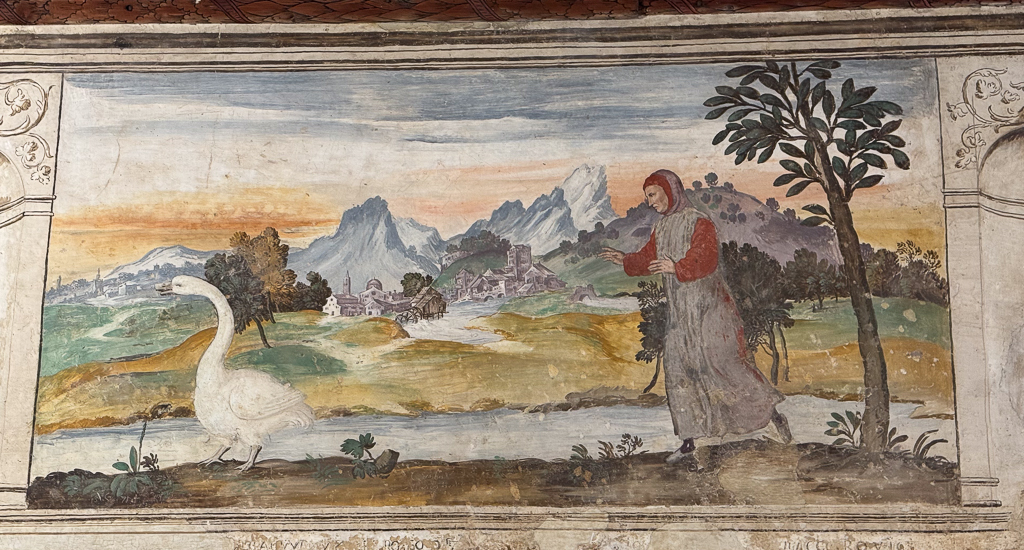

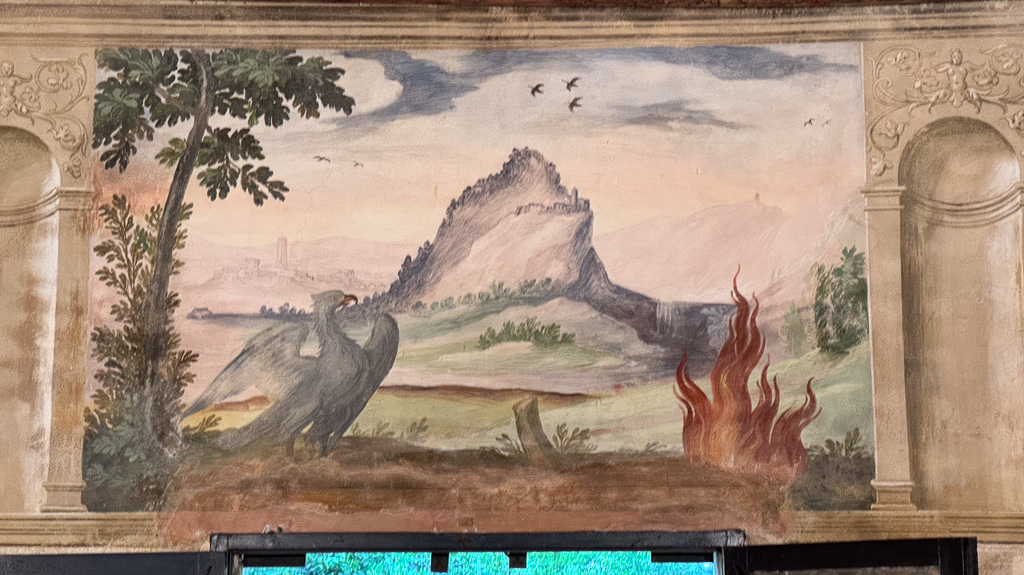
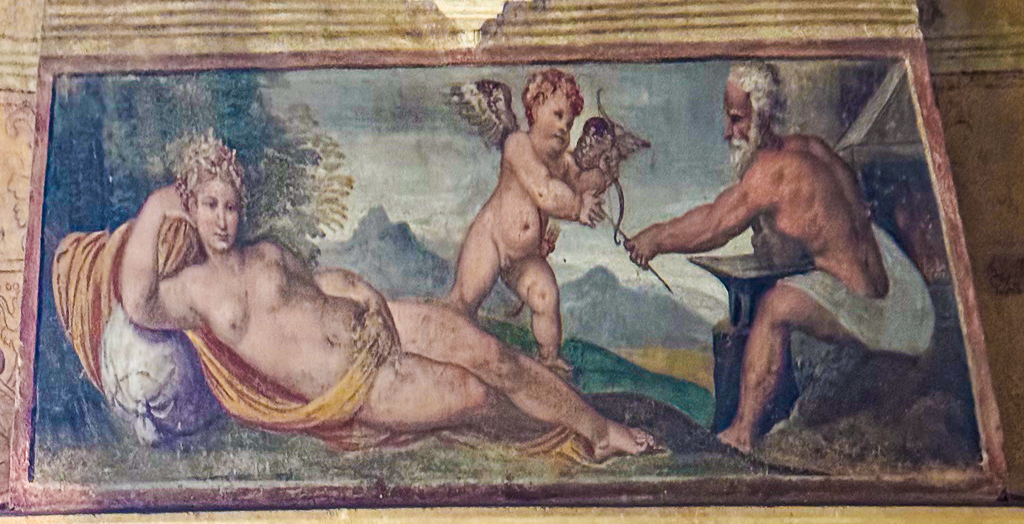
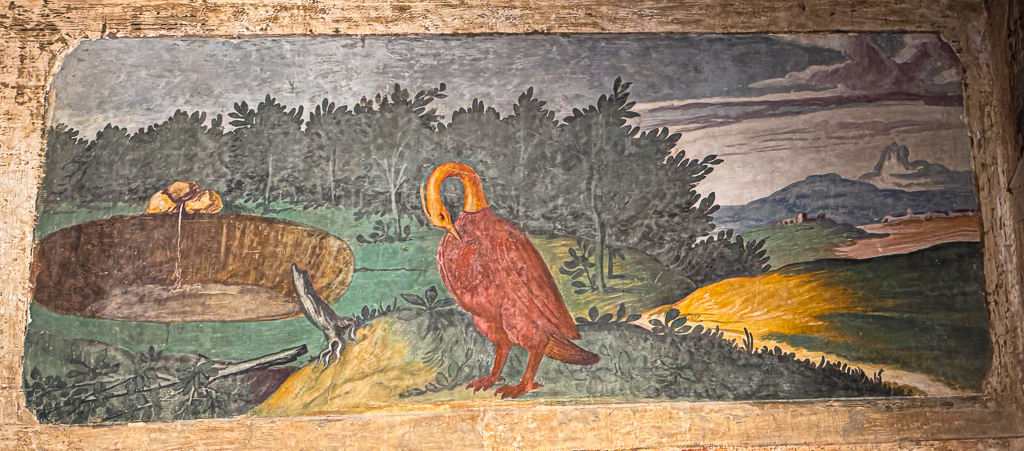
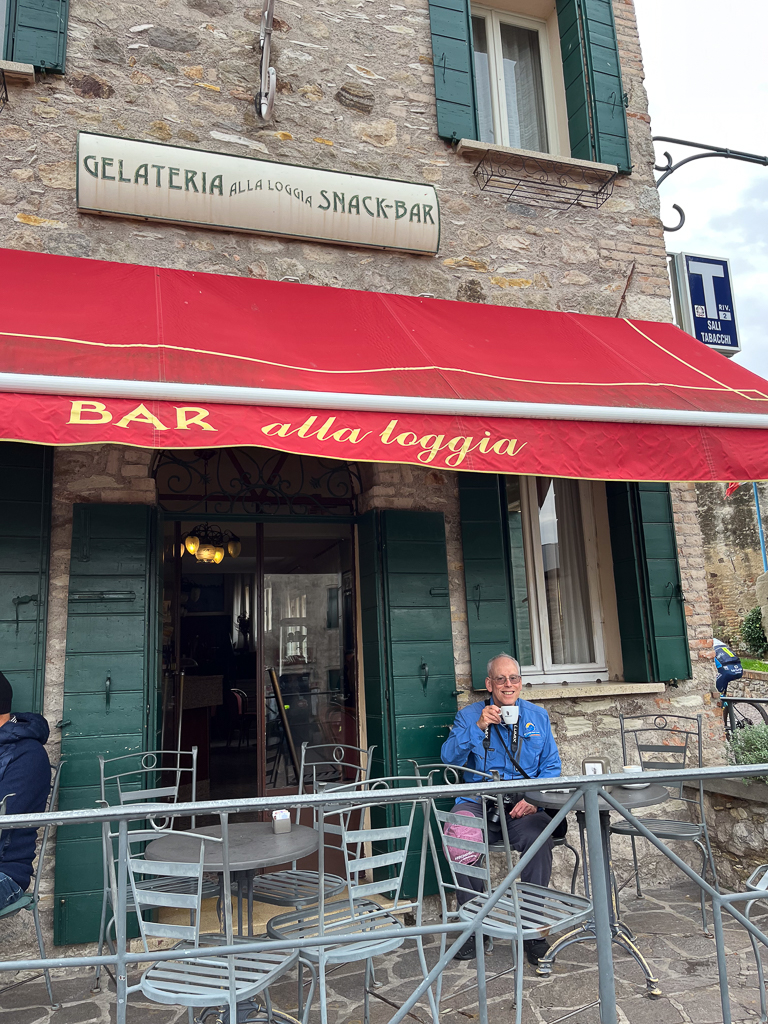
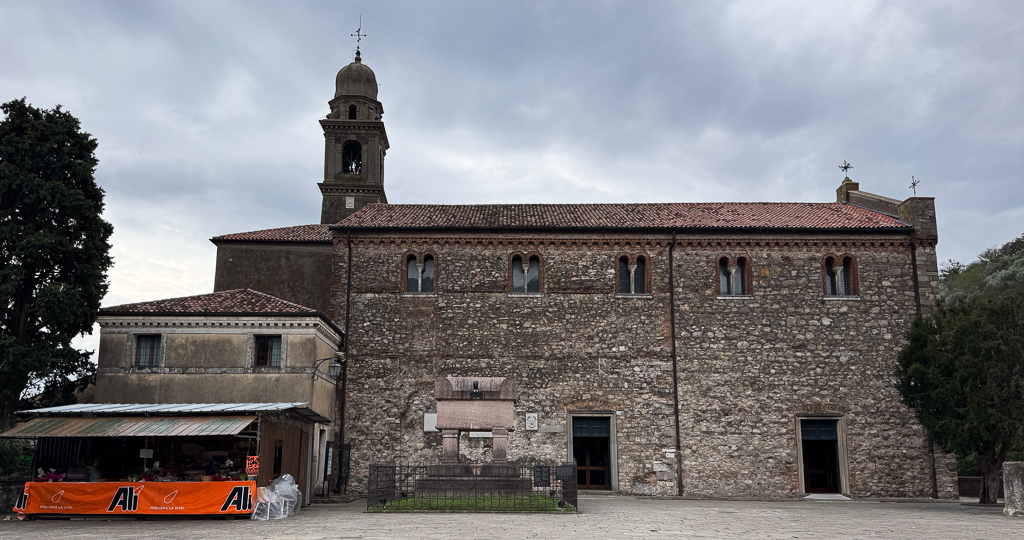
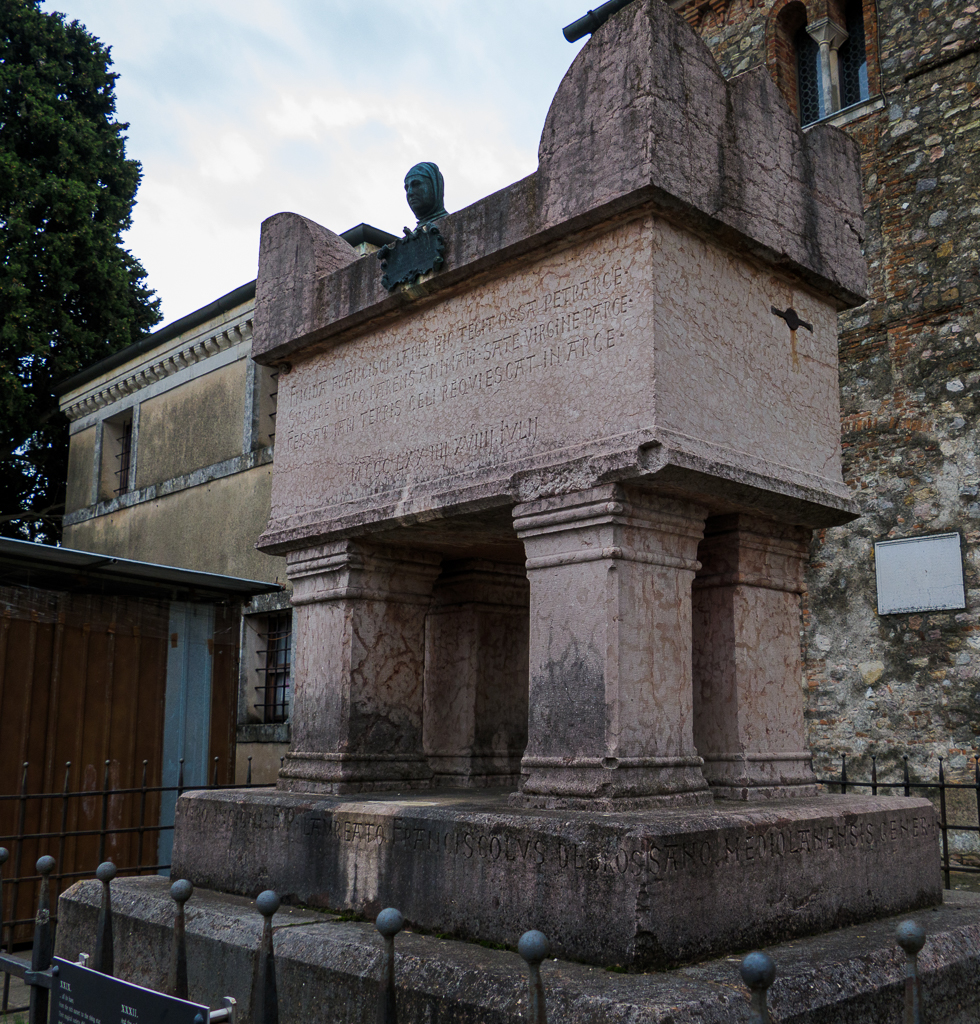
Our next stop was about an hour later in Ferrara. When we told our cruise director that we were stopping there, she suggested we try a local specialty, Cappellacci di Zucca (a pumpkin-stuffed pasta with sage), and our driver said we should have it at Al Brindisi, which claims to be the oldest tavern restaurant in the world. The visit was a success, though I’m not sure that their musical instrument collection really fits the “old restaurant” theme.
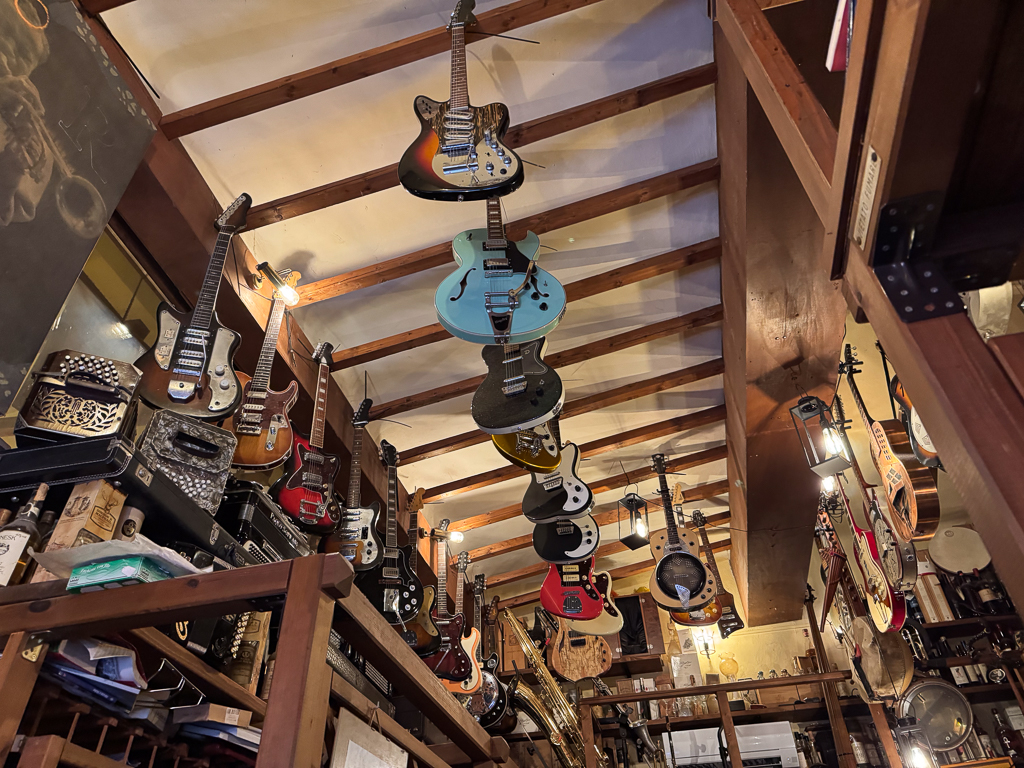
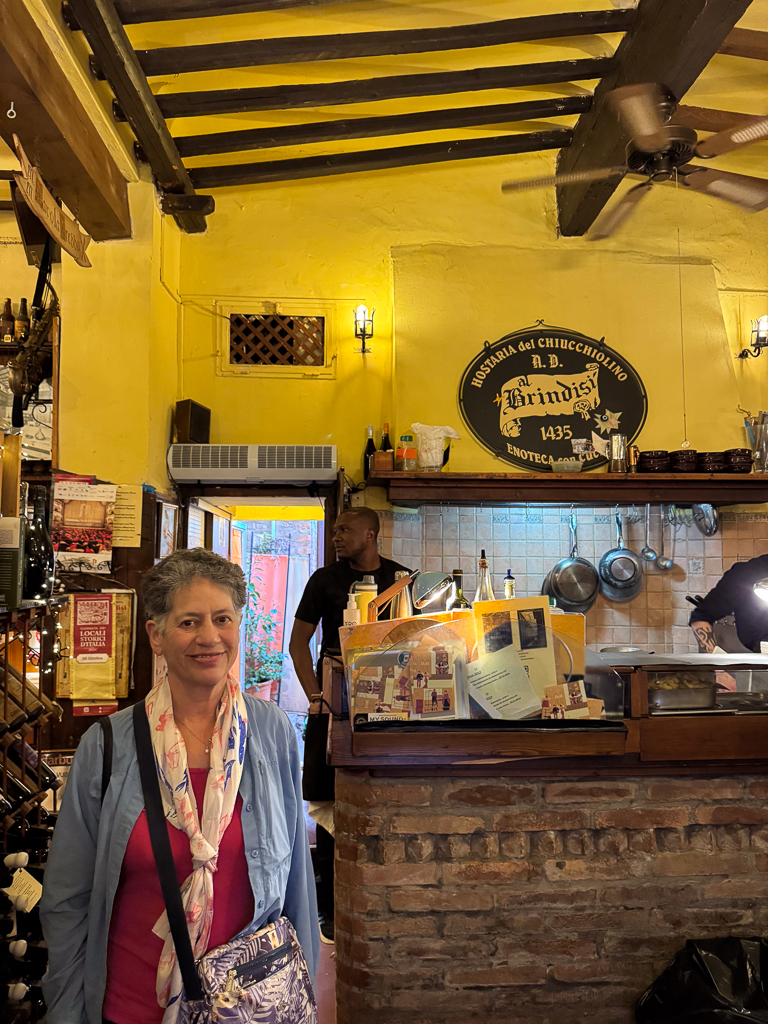
We also made a short trip through Ferrara’s old Jewish Ghetto and wandered around the downtown for a while. It was a busy weekend in Ferrara – they were holding an “Open Monuments” event, giving free admission and guided tours to twenty or so of their ancient buildings; unfortunately, we didn’t have time to take advantage. There was also a Dark Arts festival featuring Goth and Steampunk cosplayers, and as we drove out of town, we saw signs for a tattoo festival, too. An interesting place indeed!
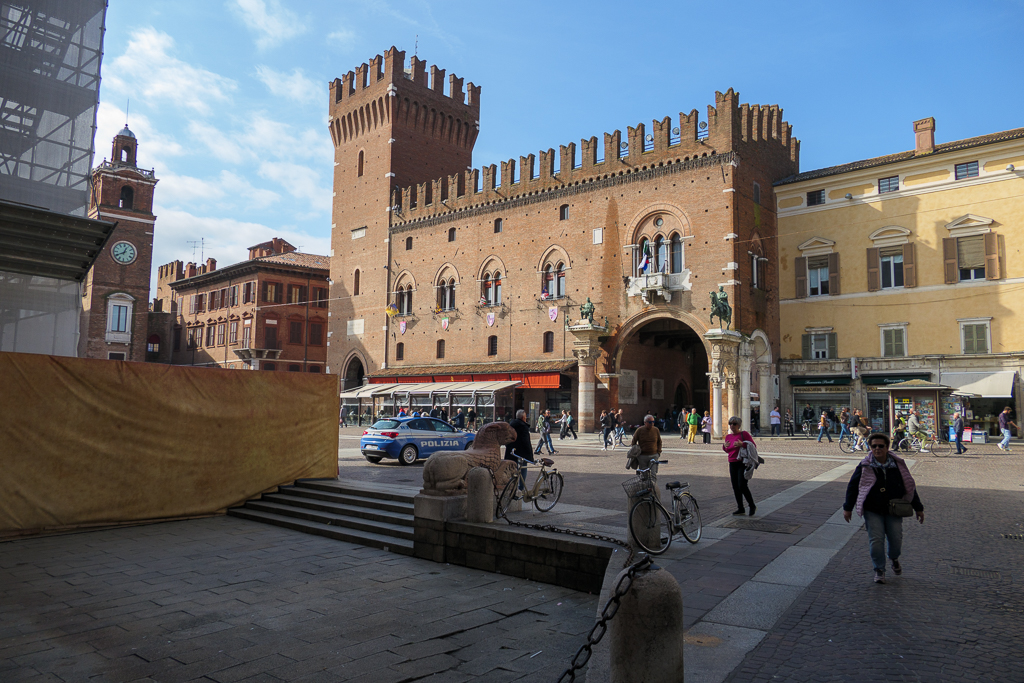
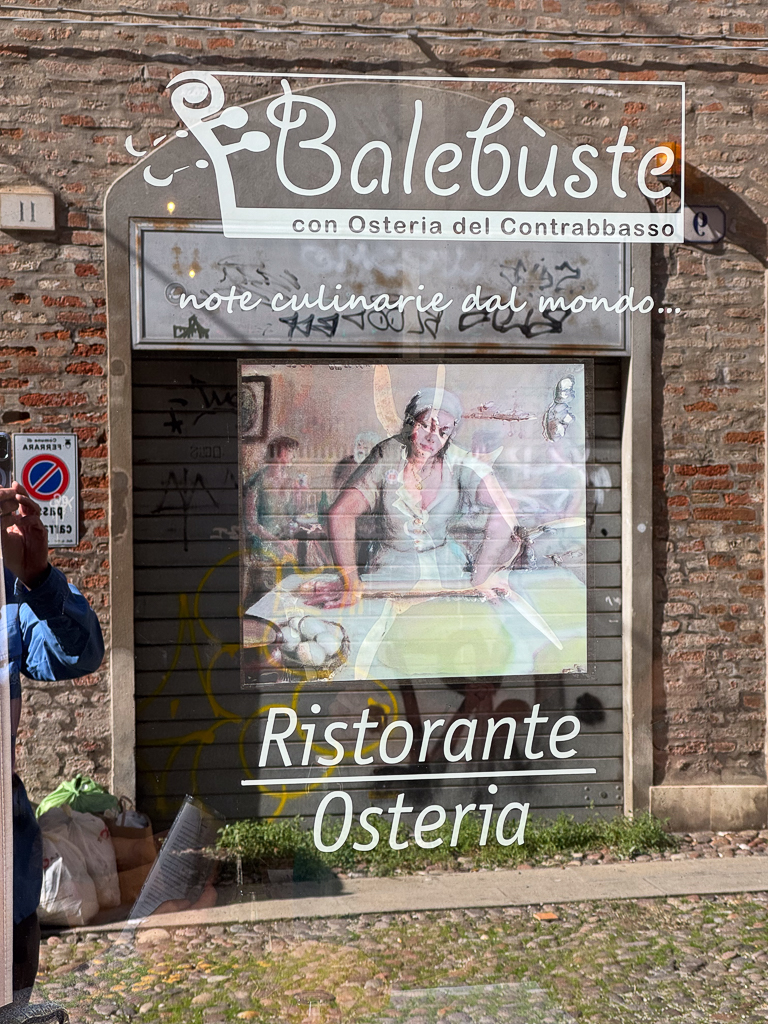
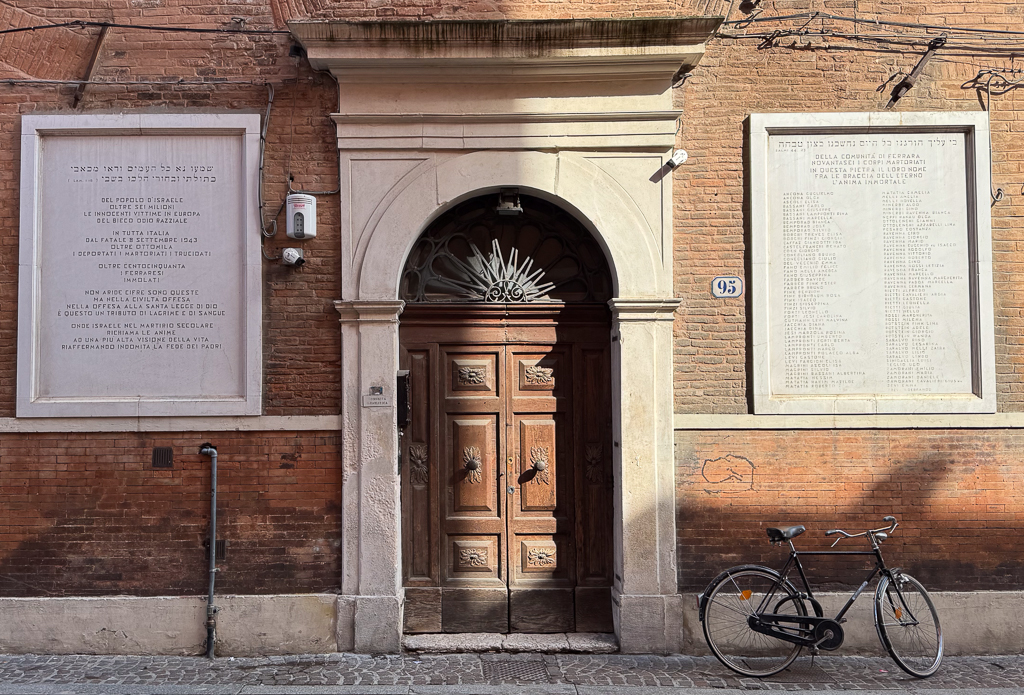
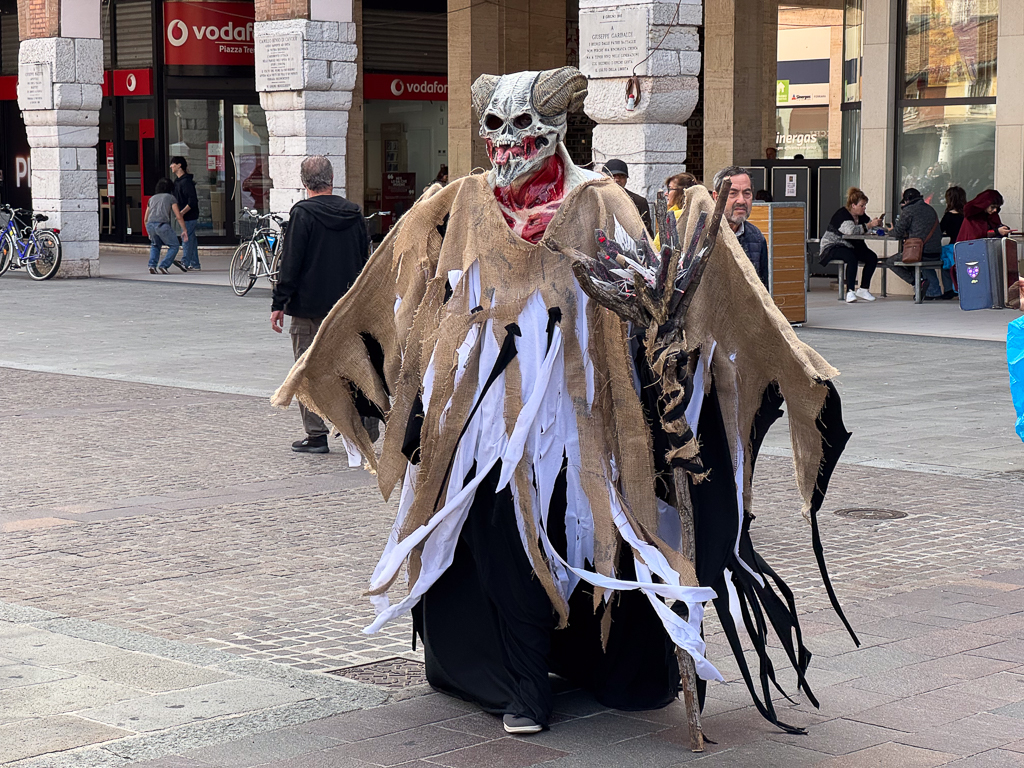
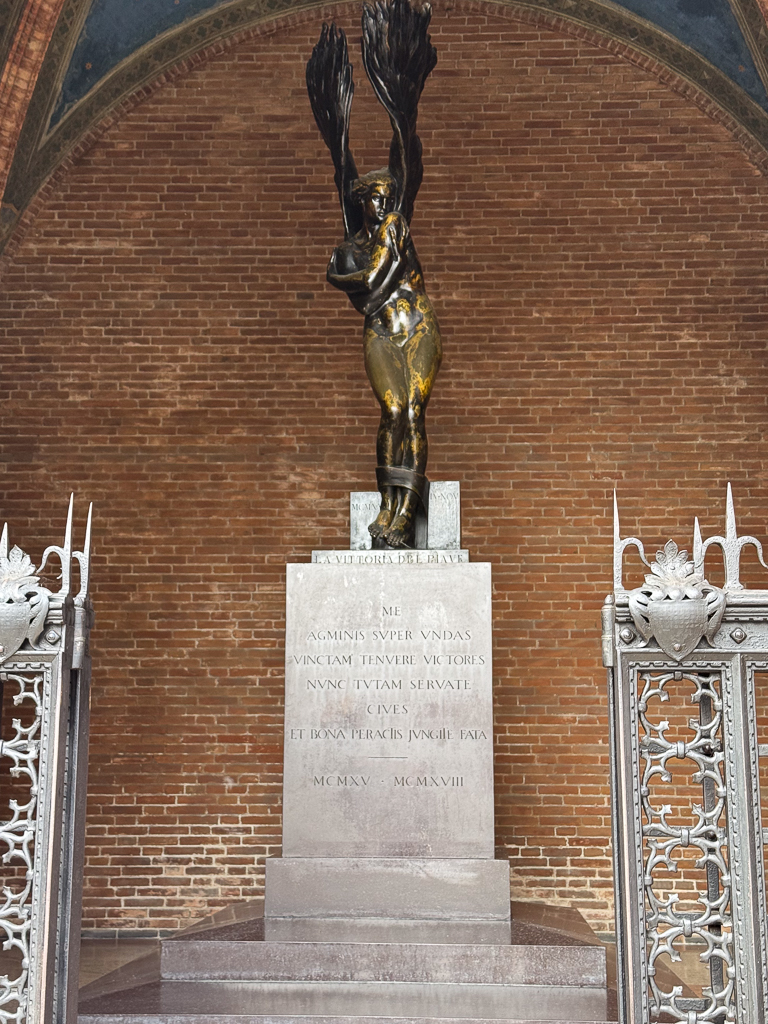
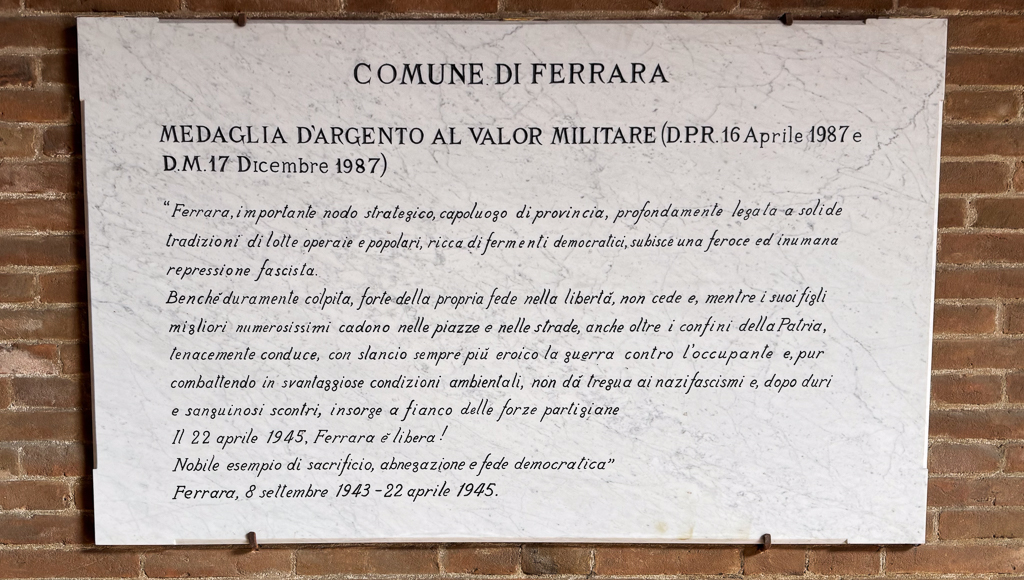
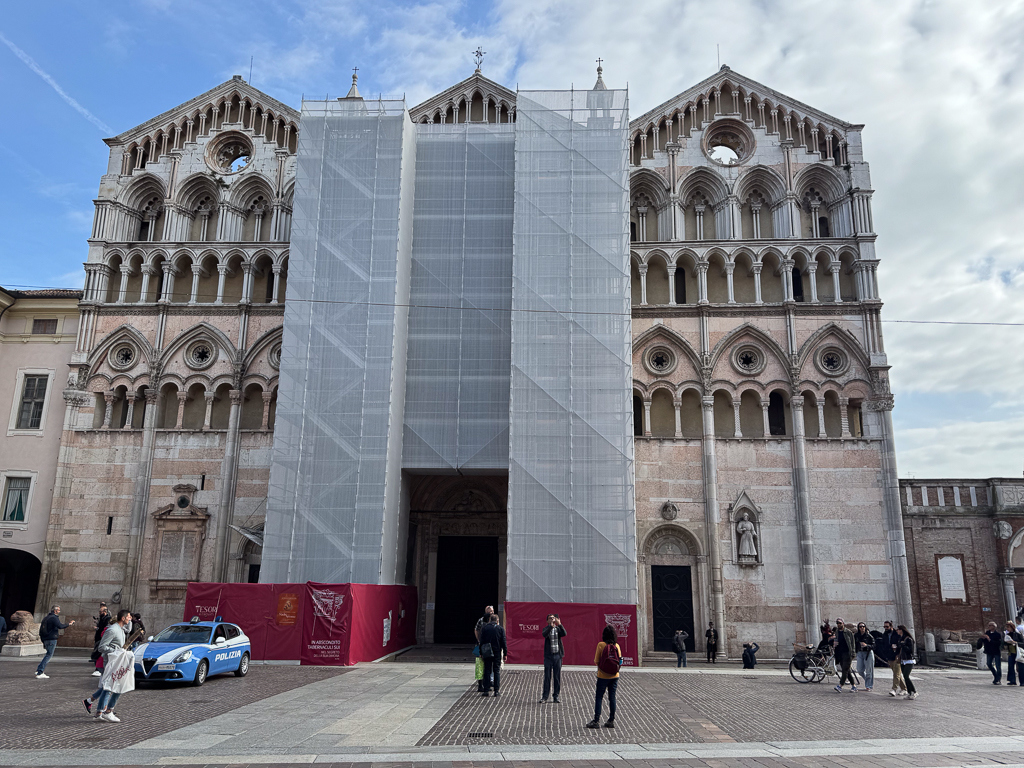
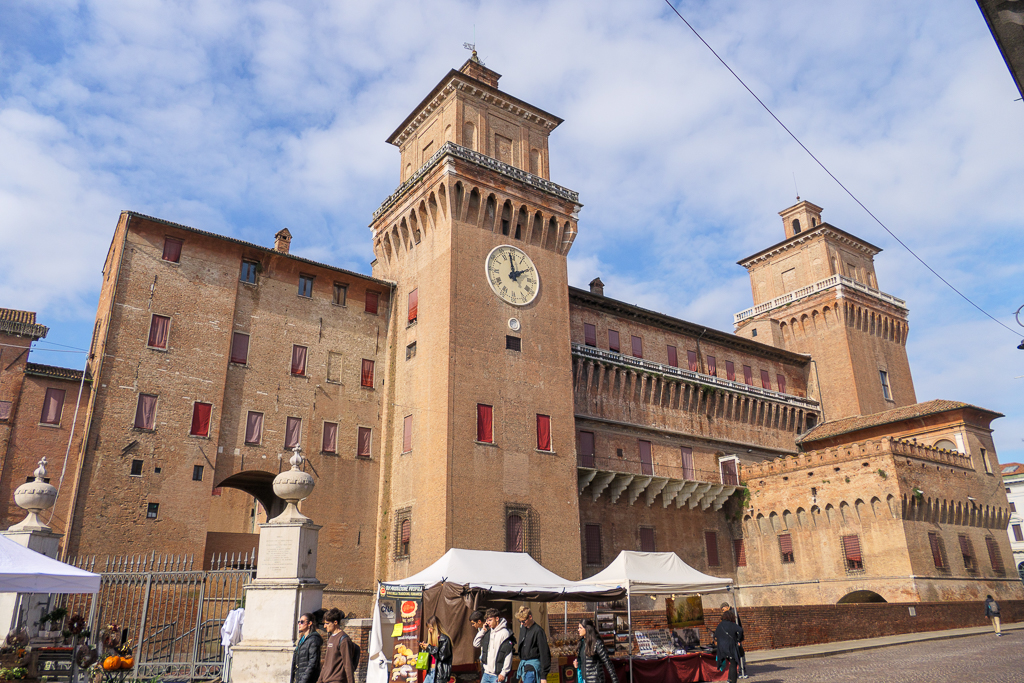
It took another couple of hours to reach our apartment in Florence; the only real sight we saw on our way was one of the old city gates.
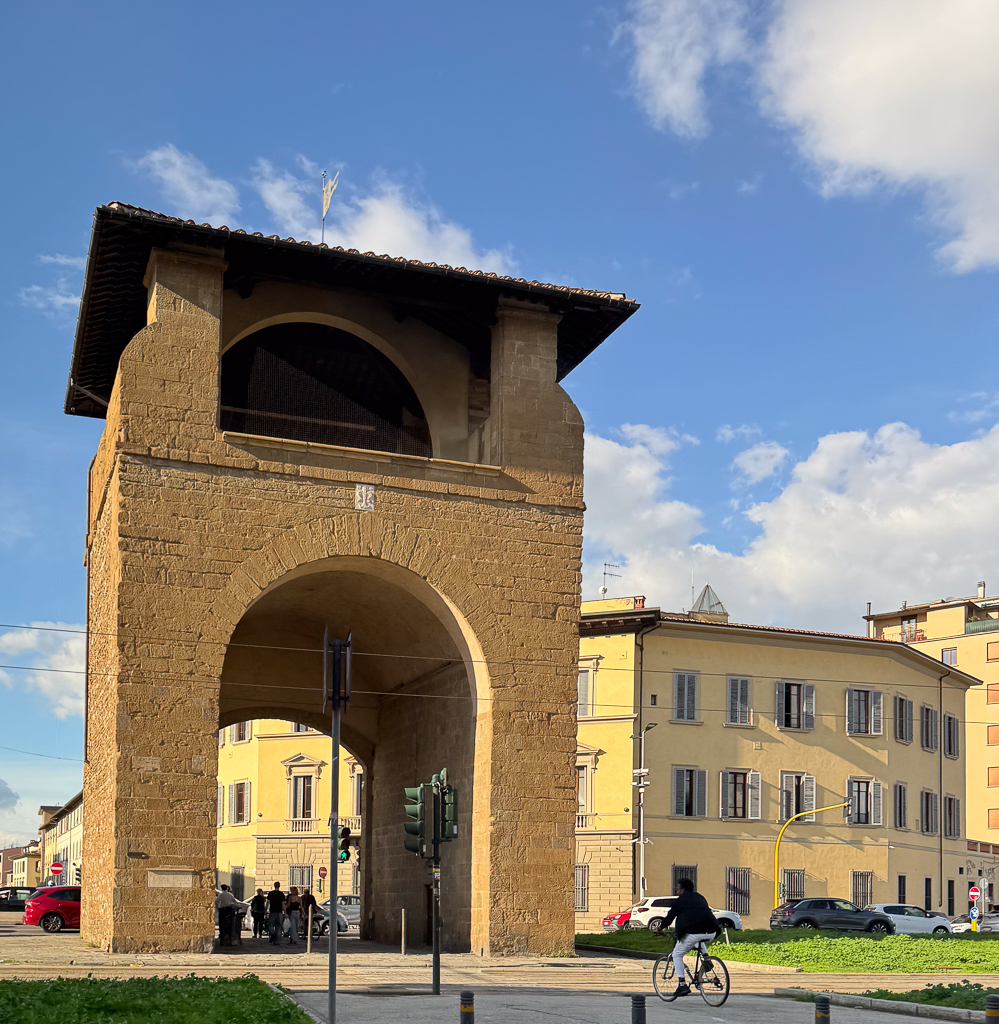
Taking a DayTrip was definitely more interesting than taking the train would have been, but it did take a lot longer and cost significantly more.
We spent the rest of the afternoon getting settled; Florence is a busy place (our apartment is just across from the main train station), but we did manage to find a quiet spot for dinner and a supermarket to pick up breakfast supplies.
Tomorrow, we start exploring the city; we’ve bought tickets for the Duomo complex for tomorrow and have Uffizi tickets for Tuesday. Onward!
